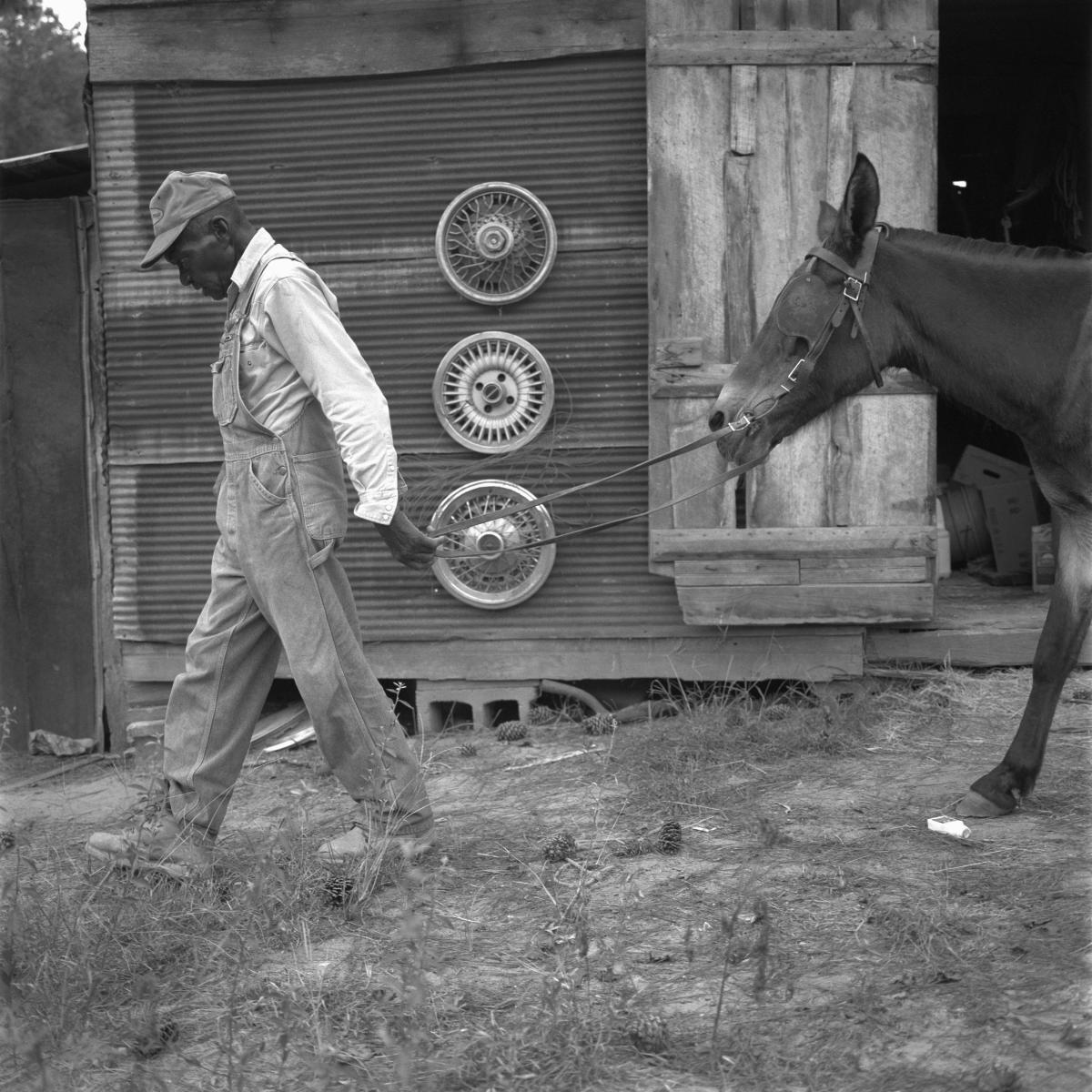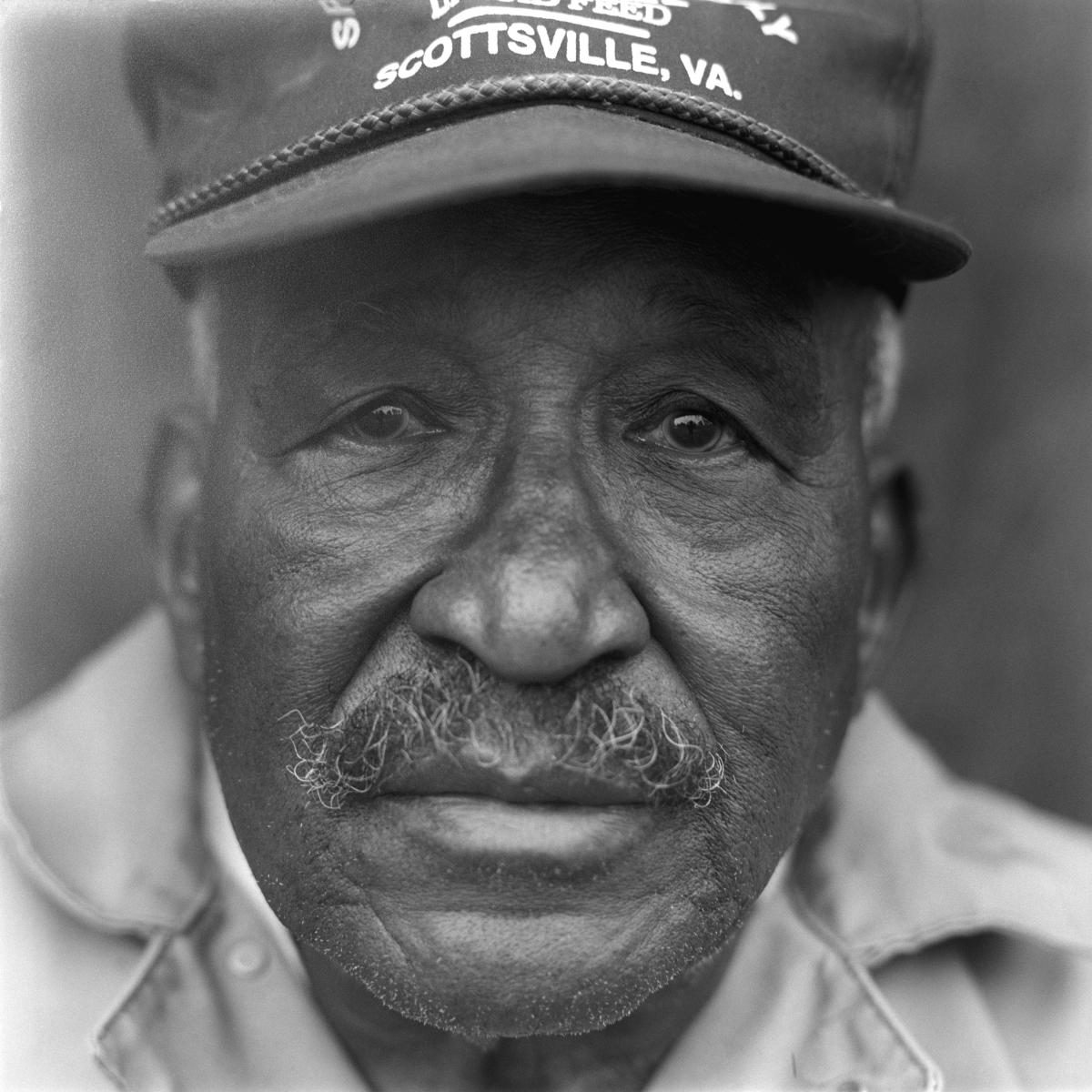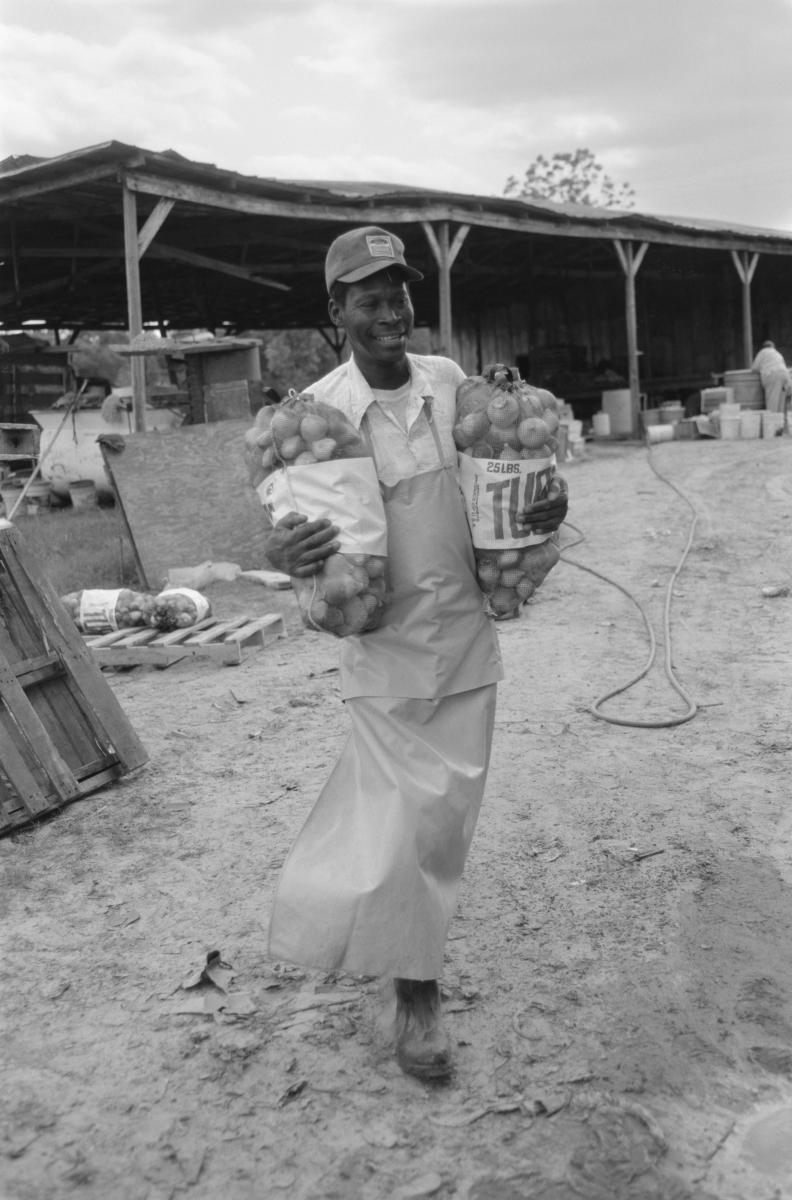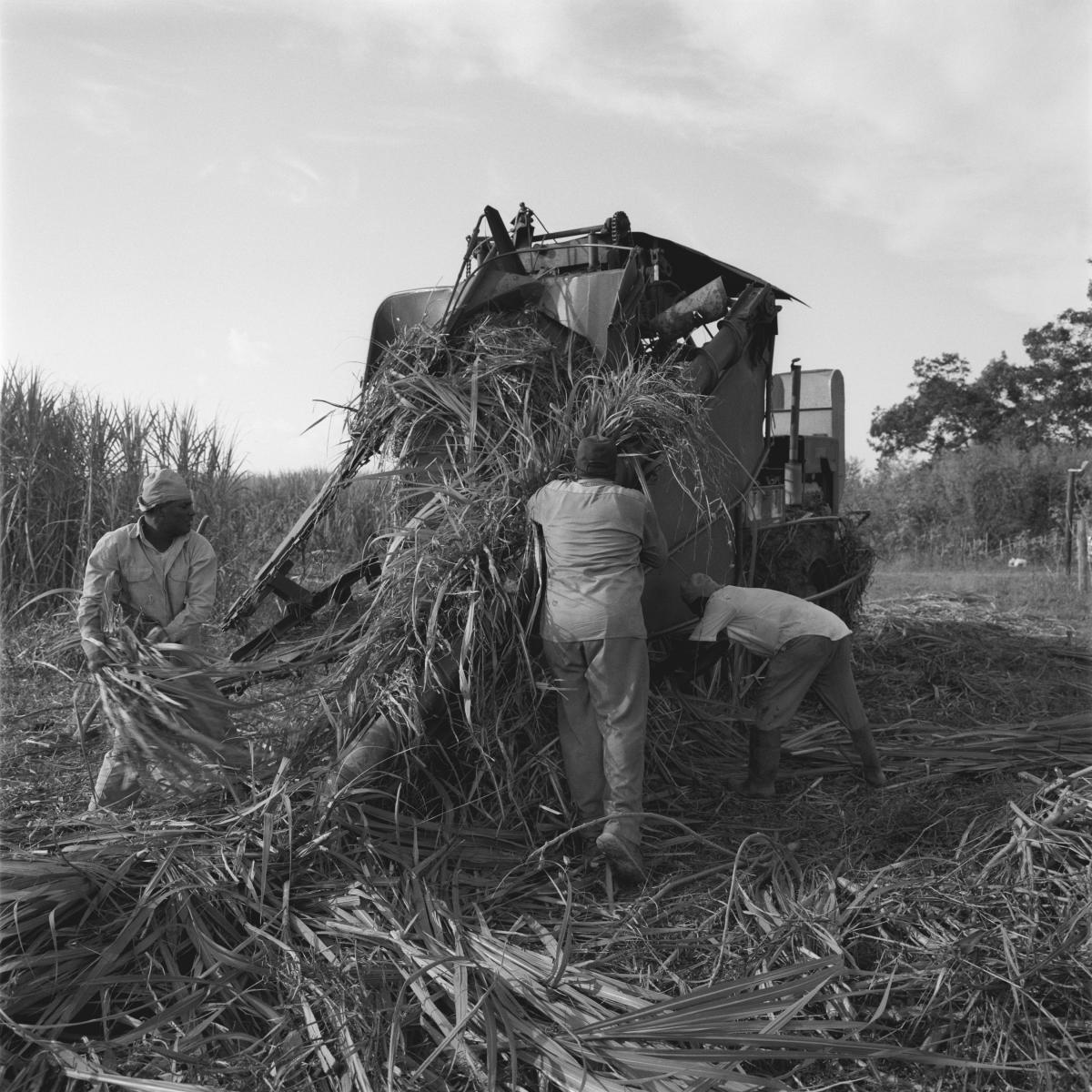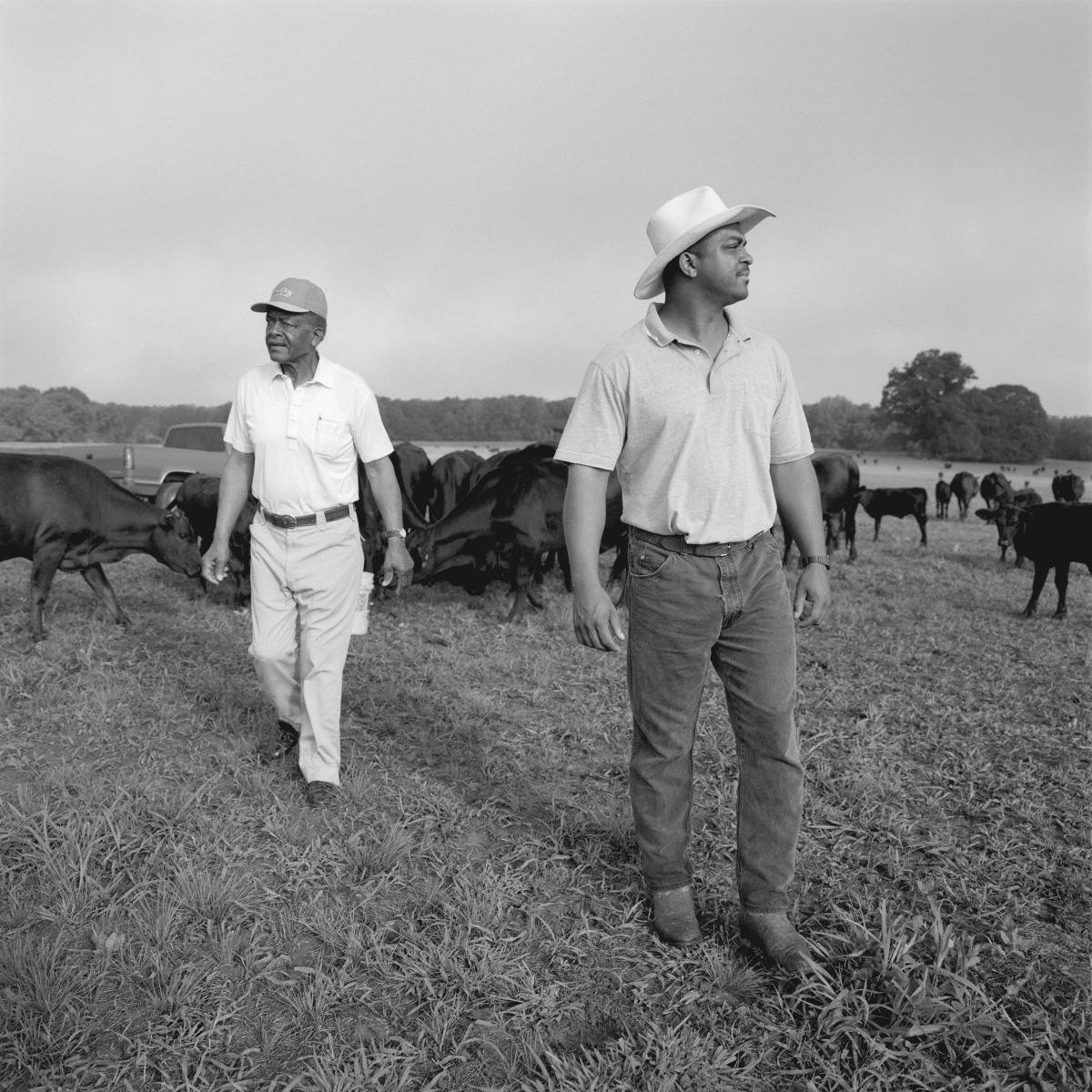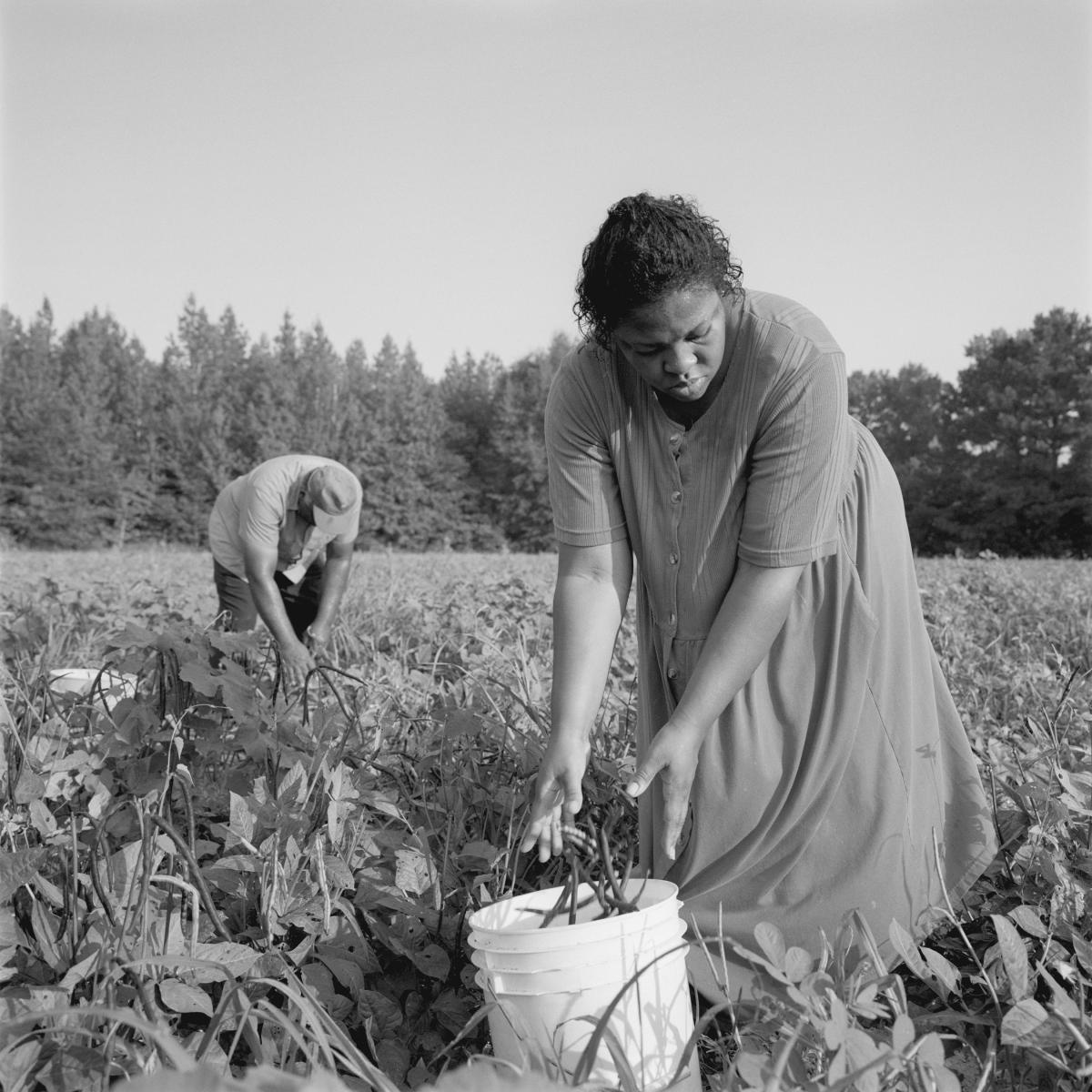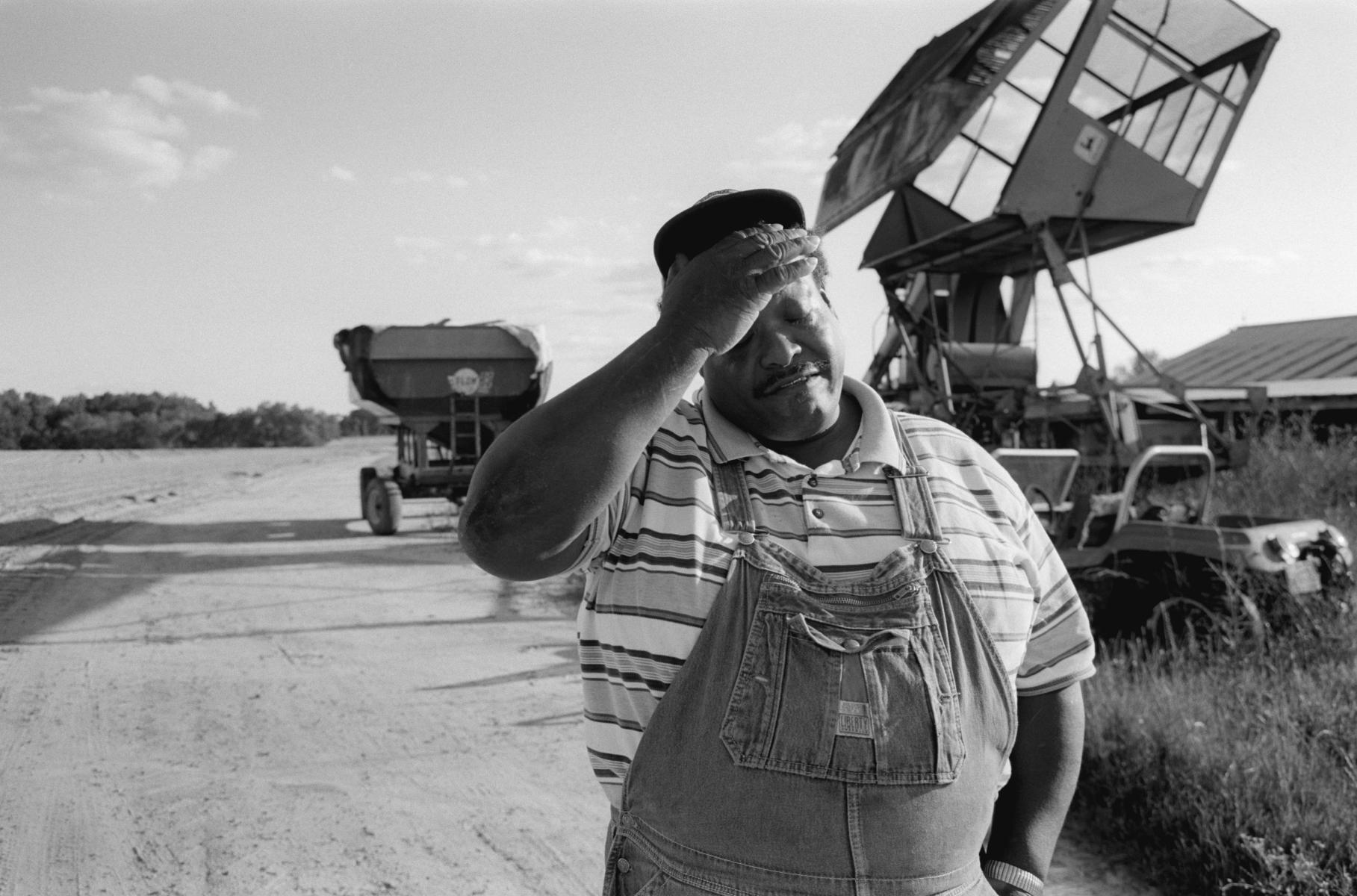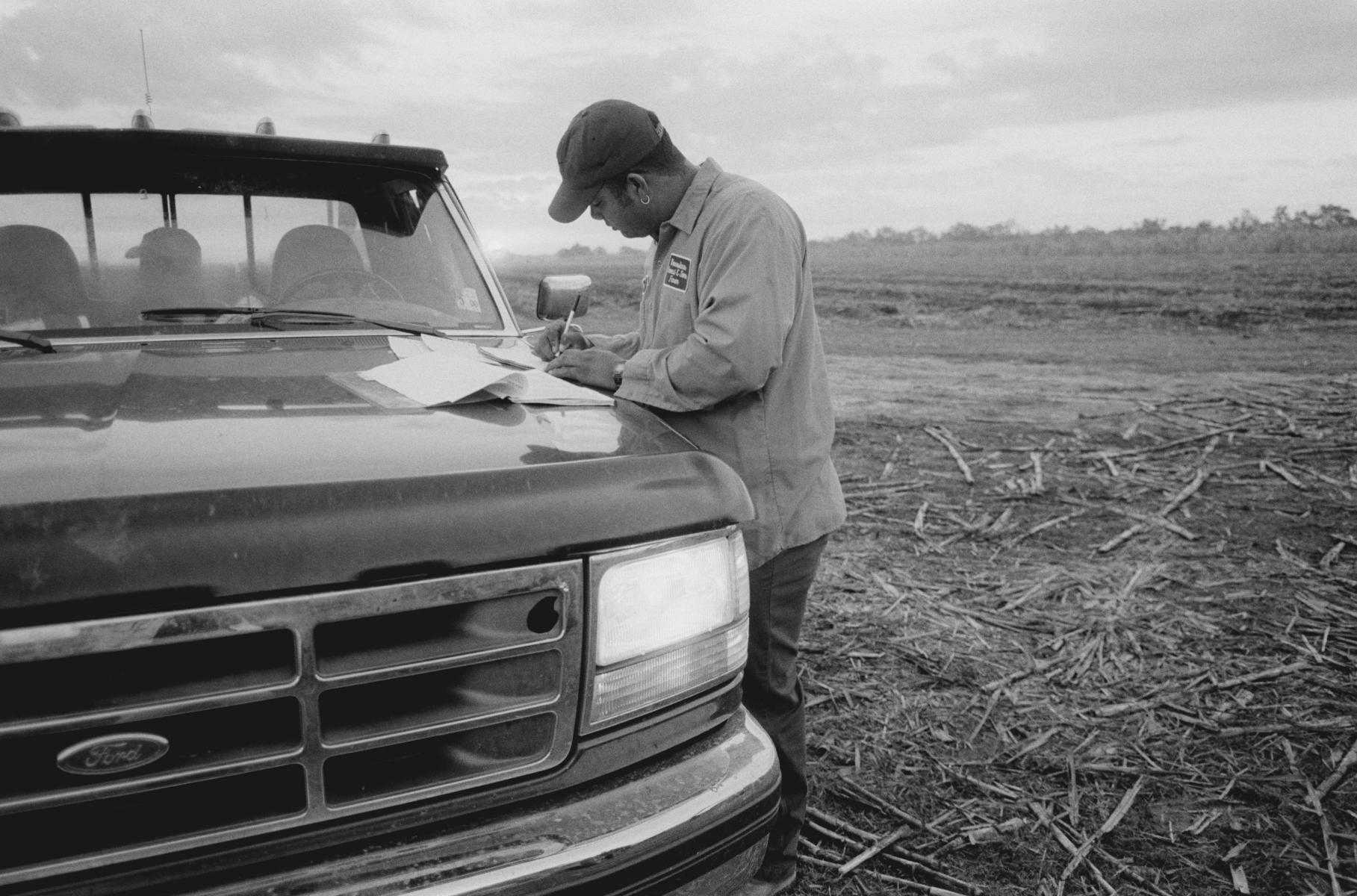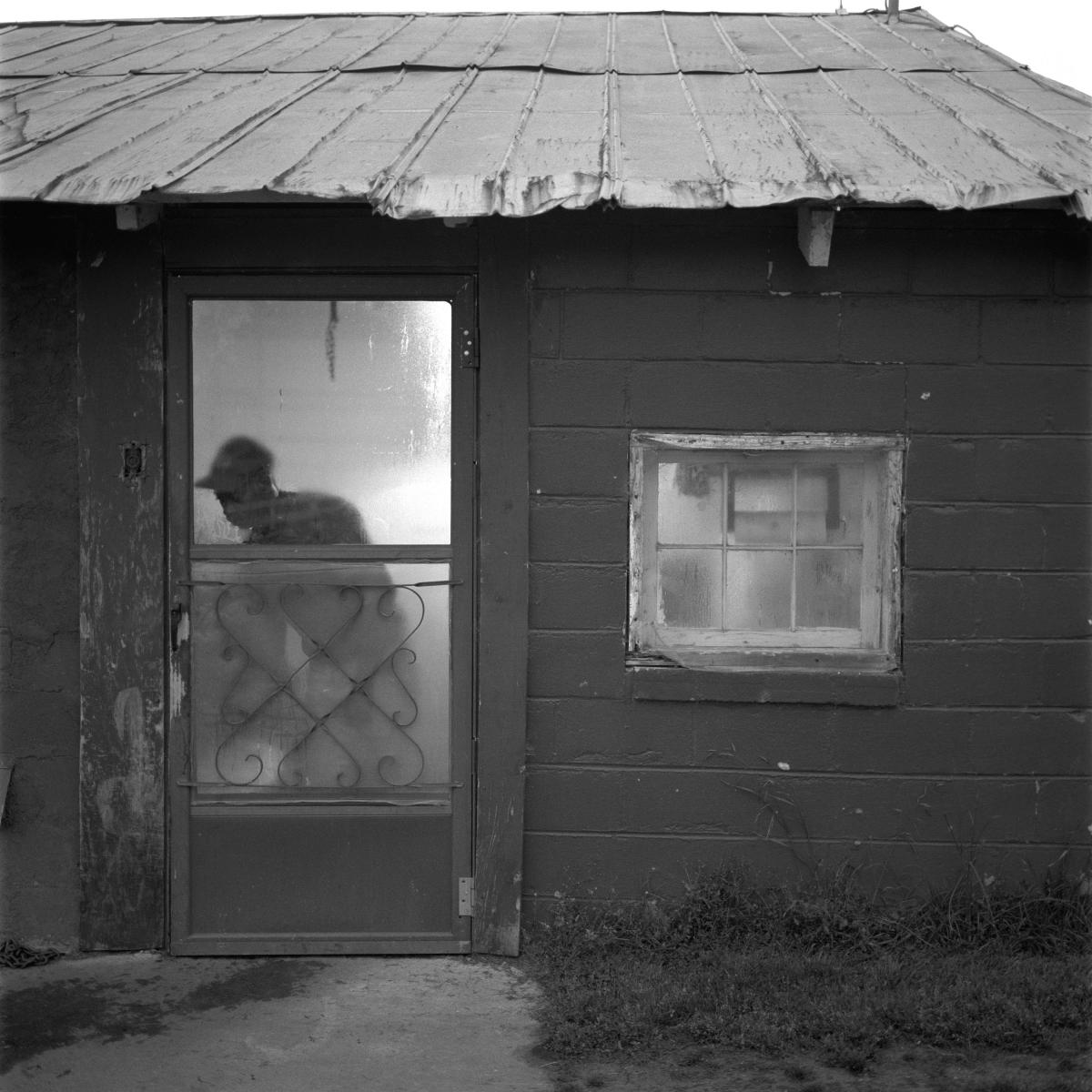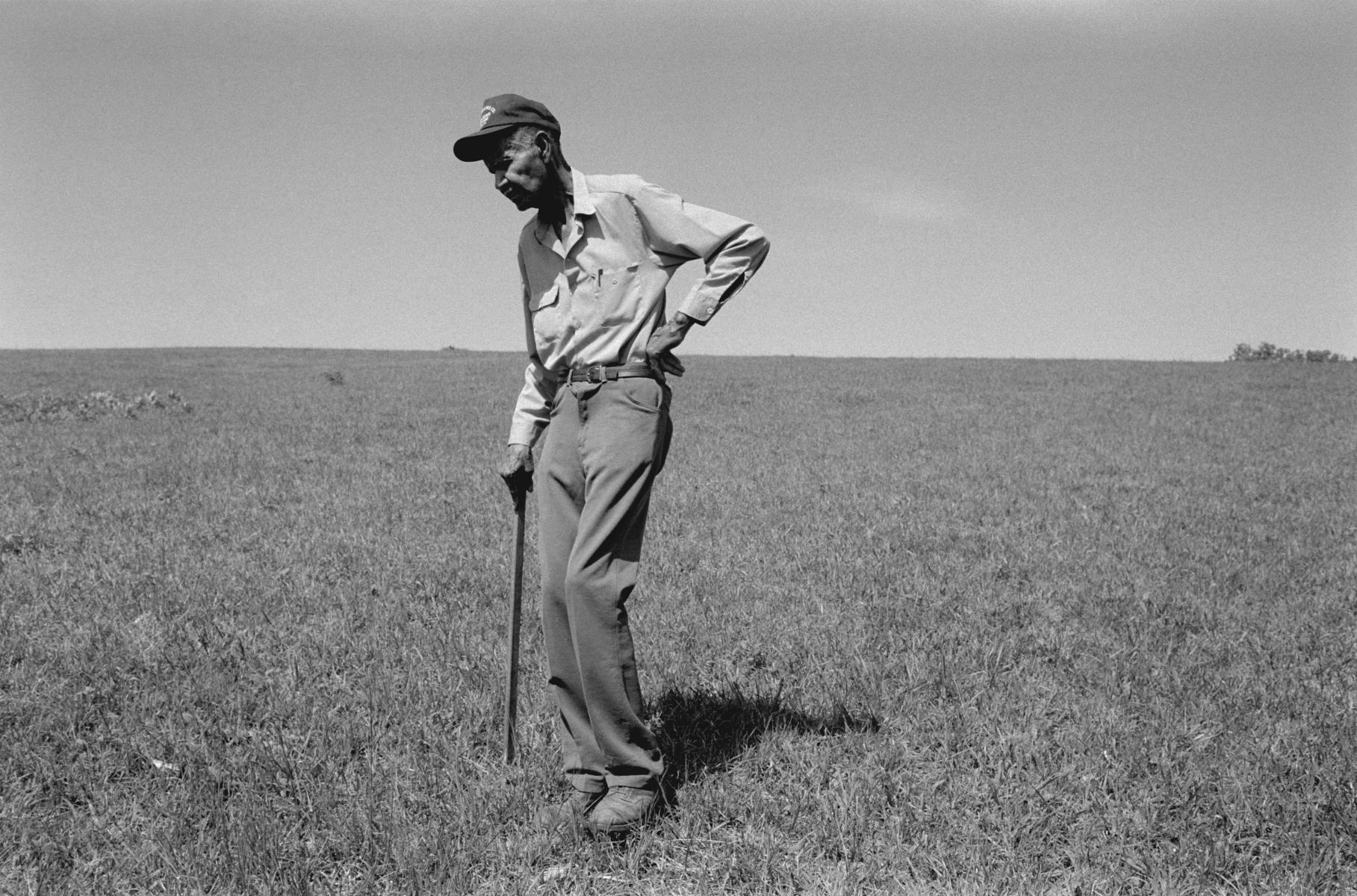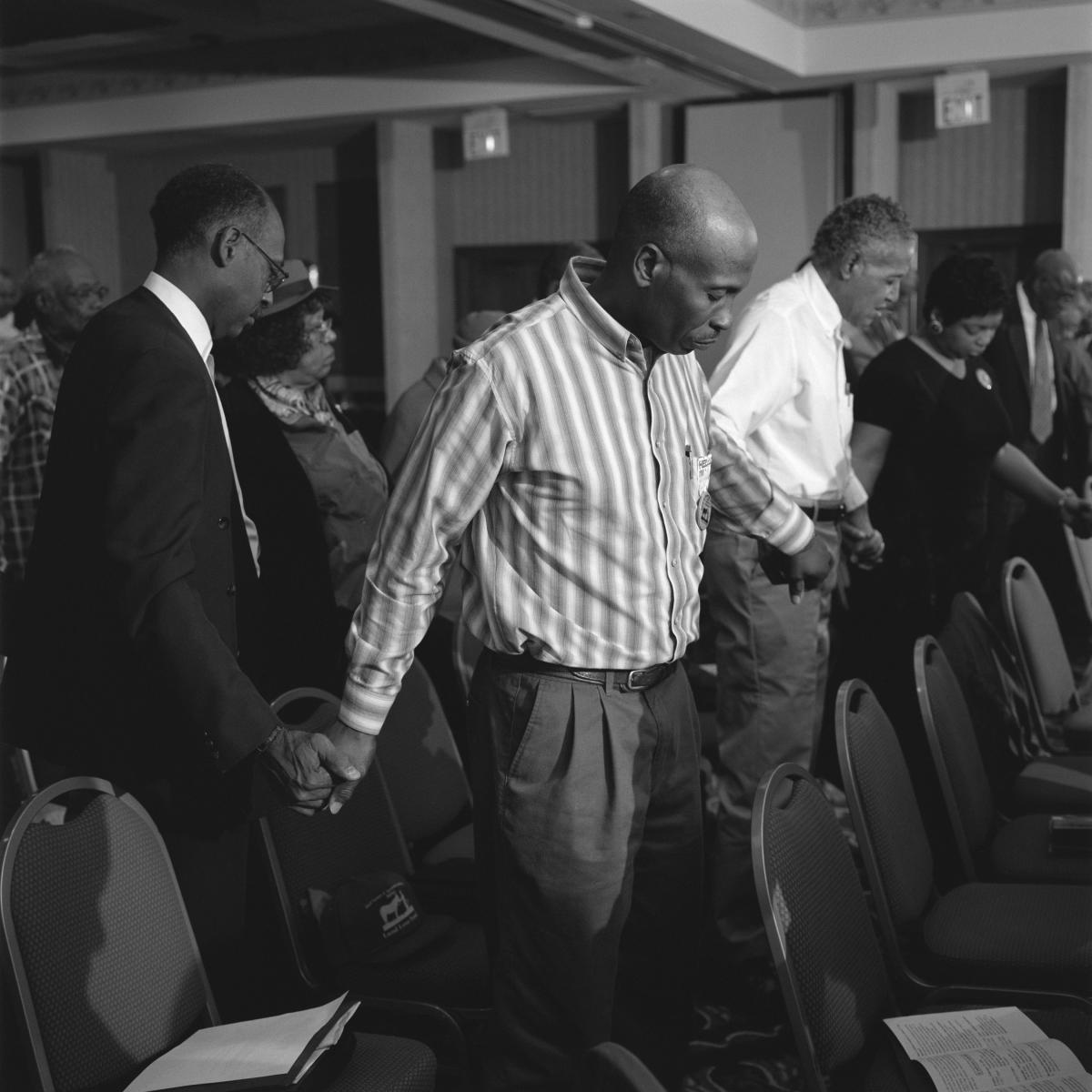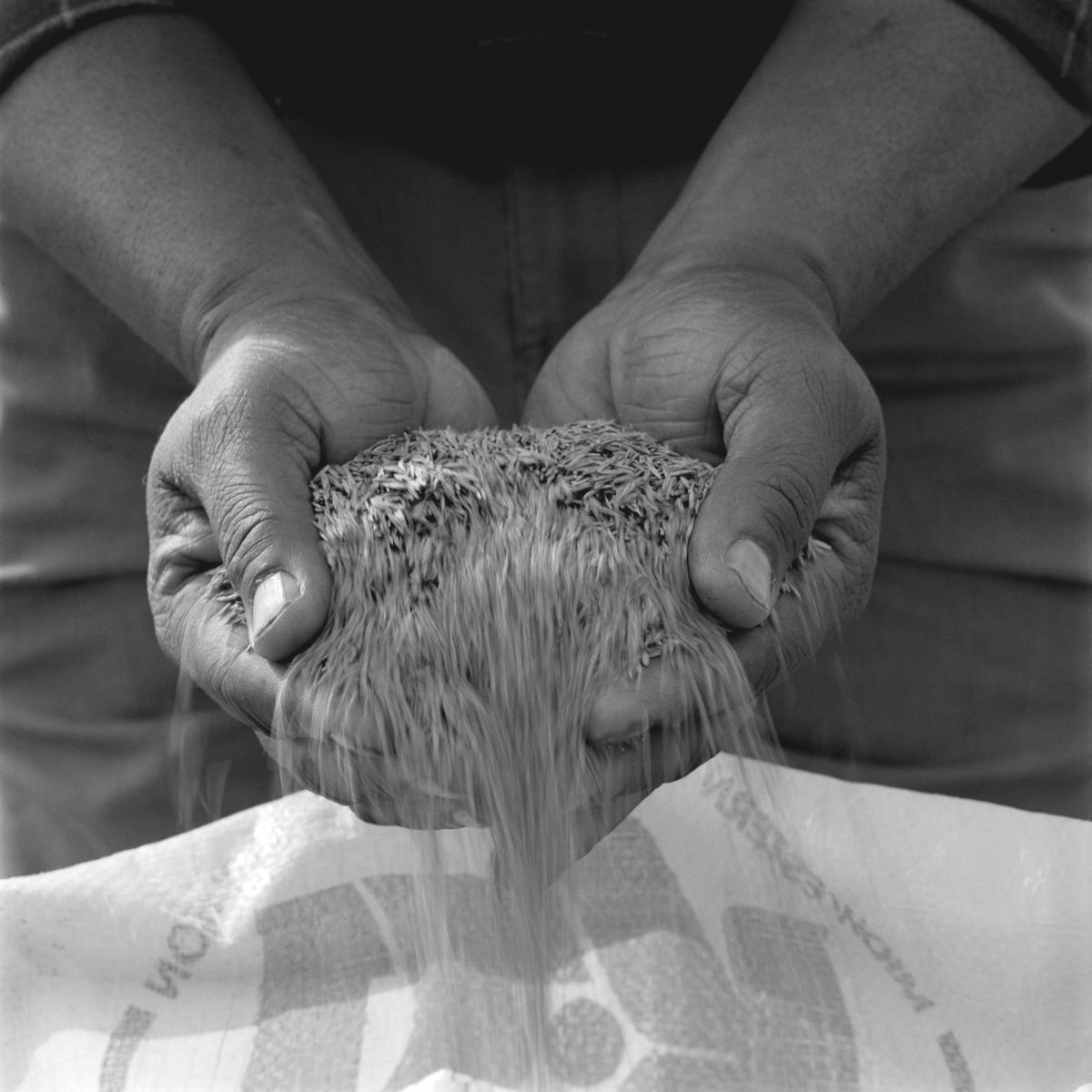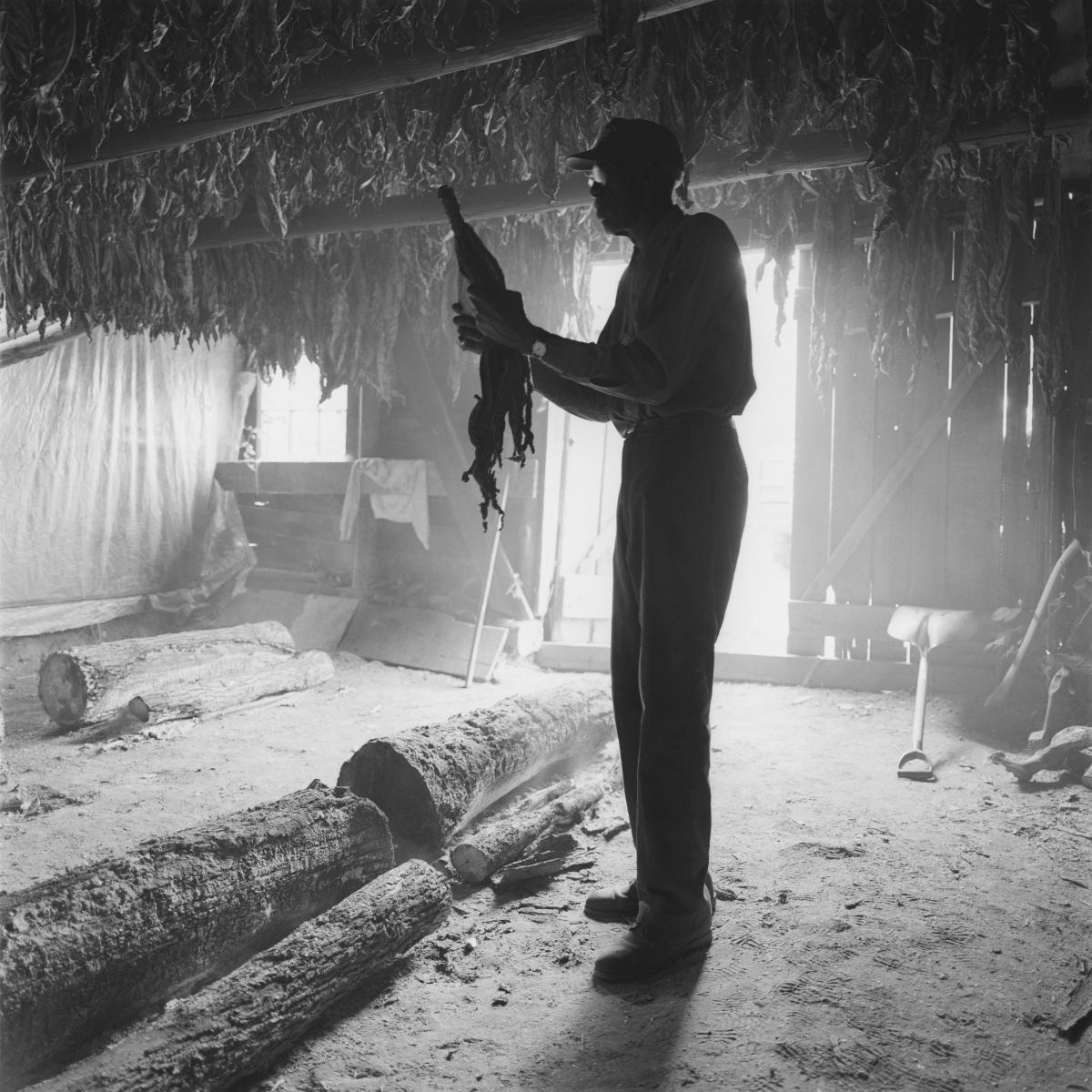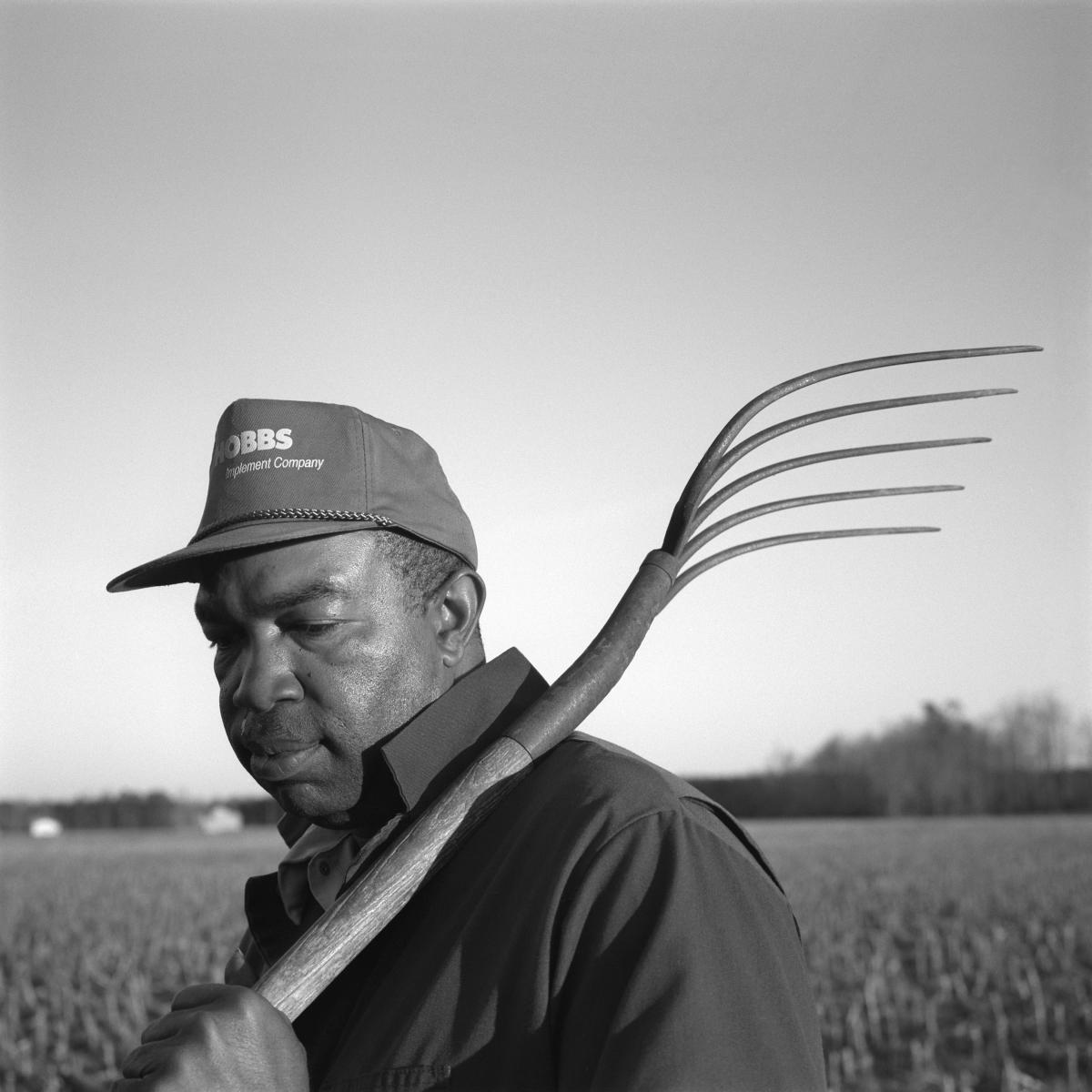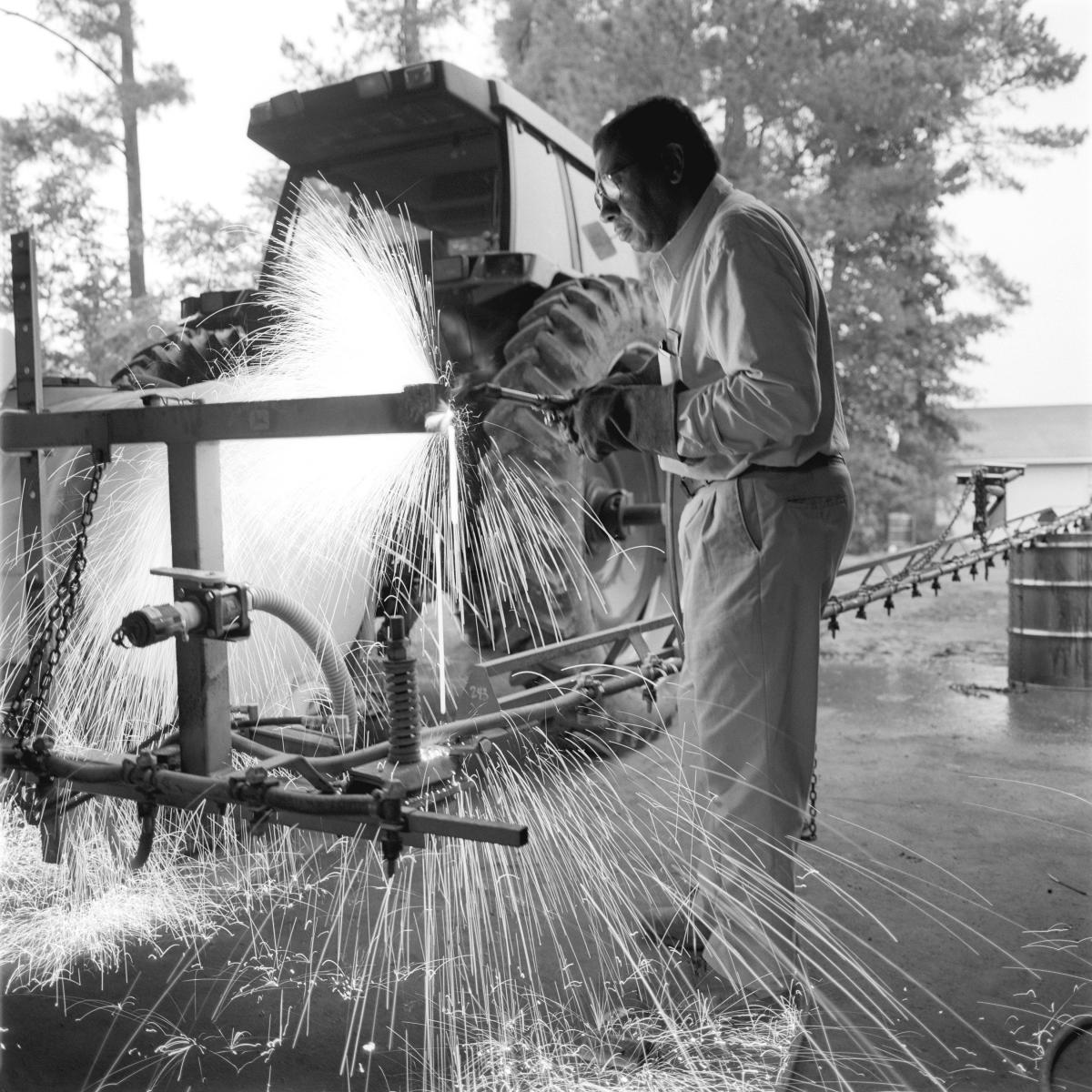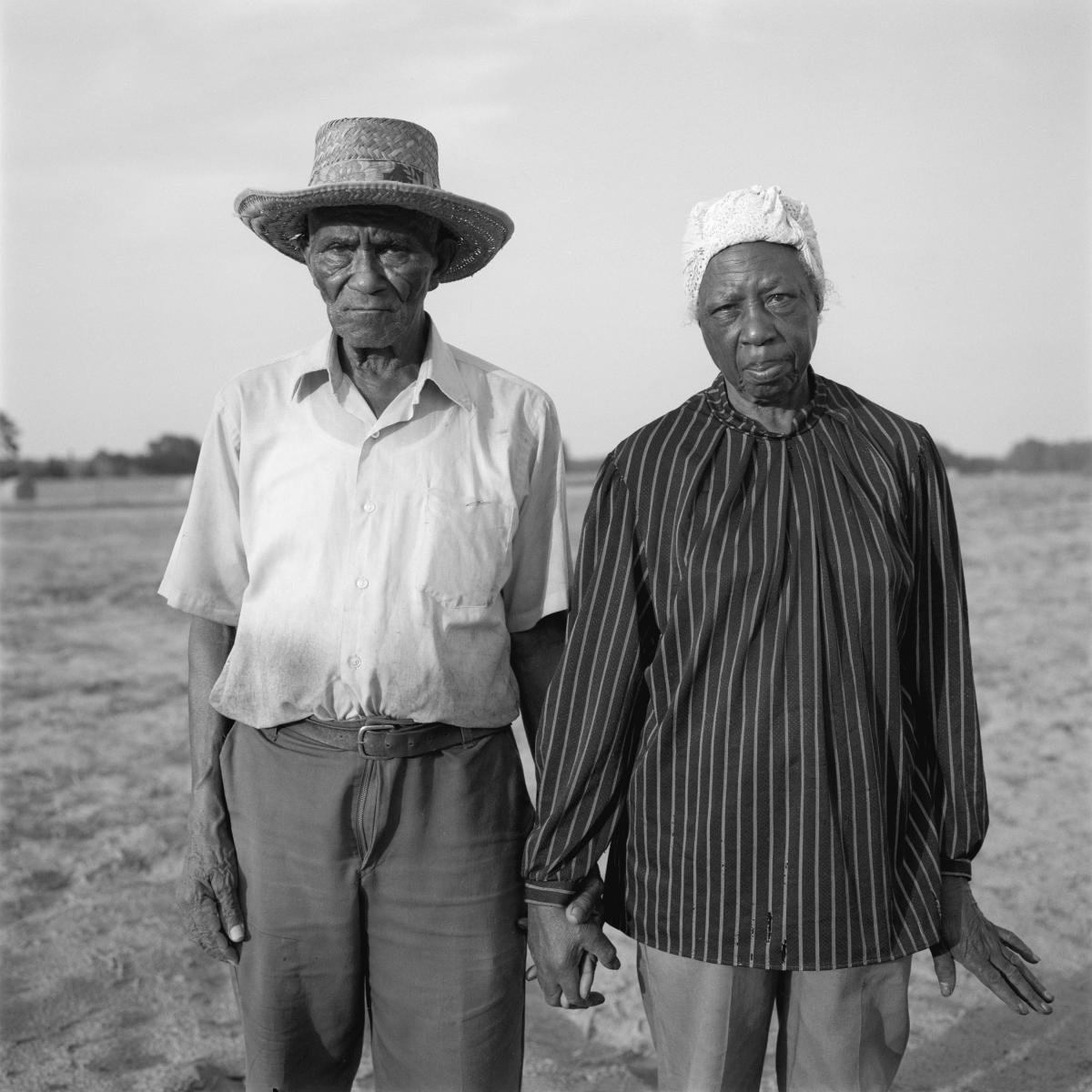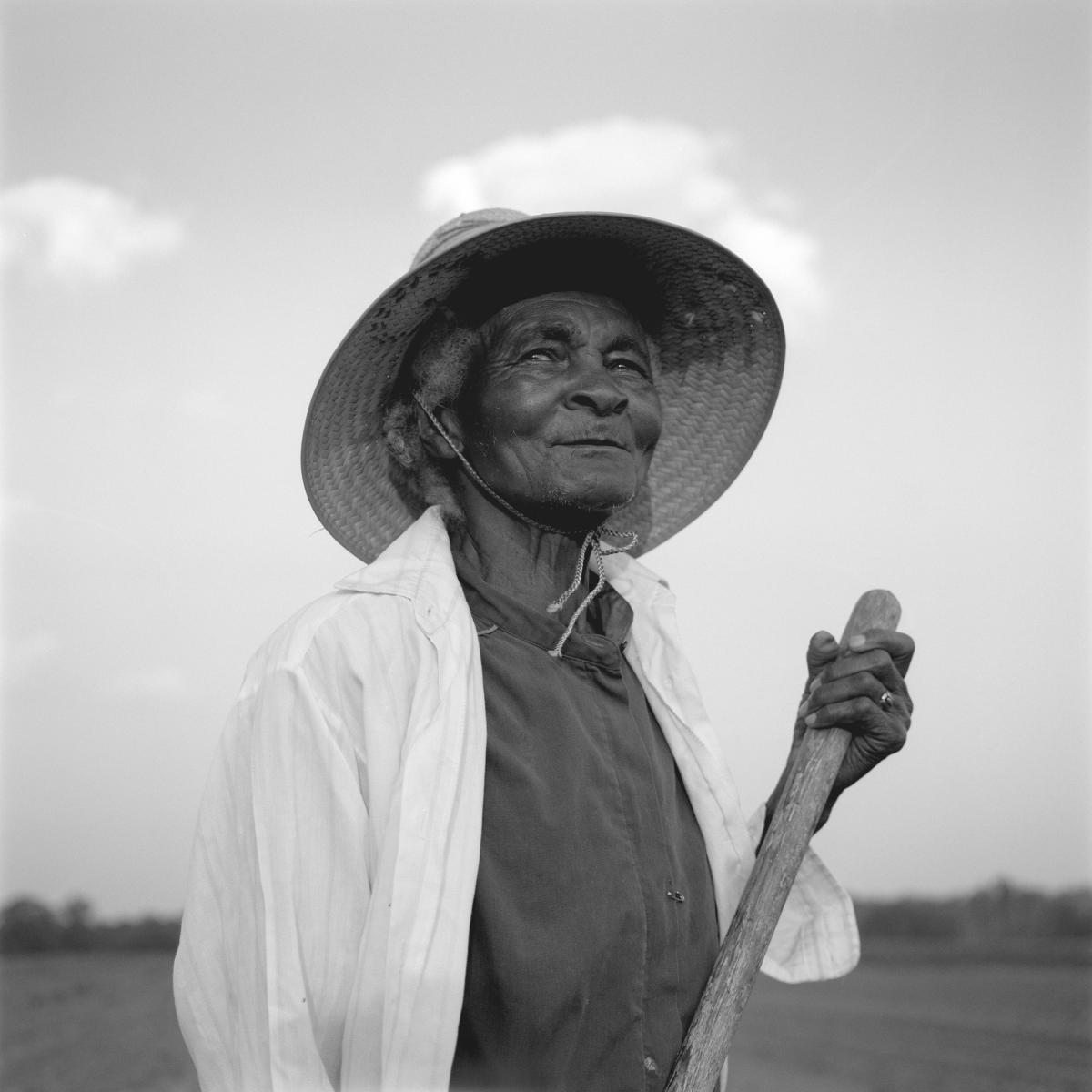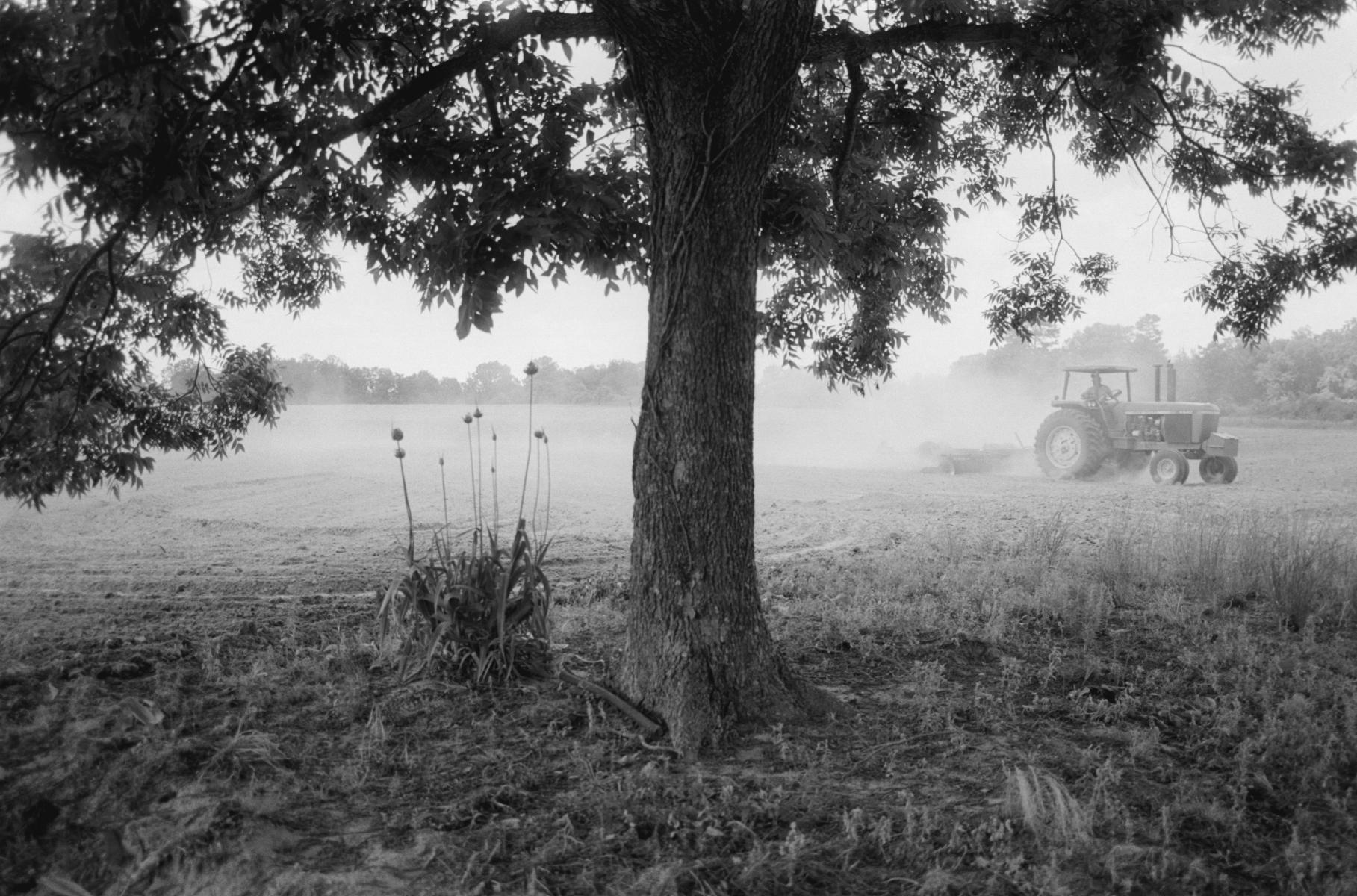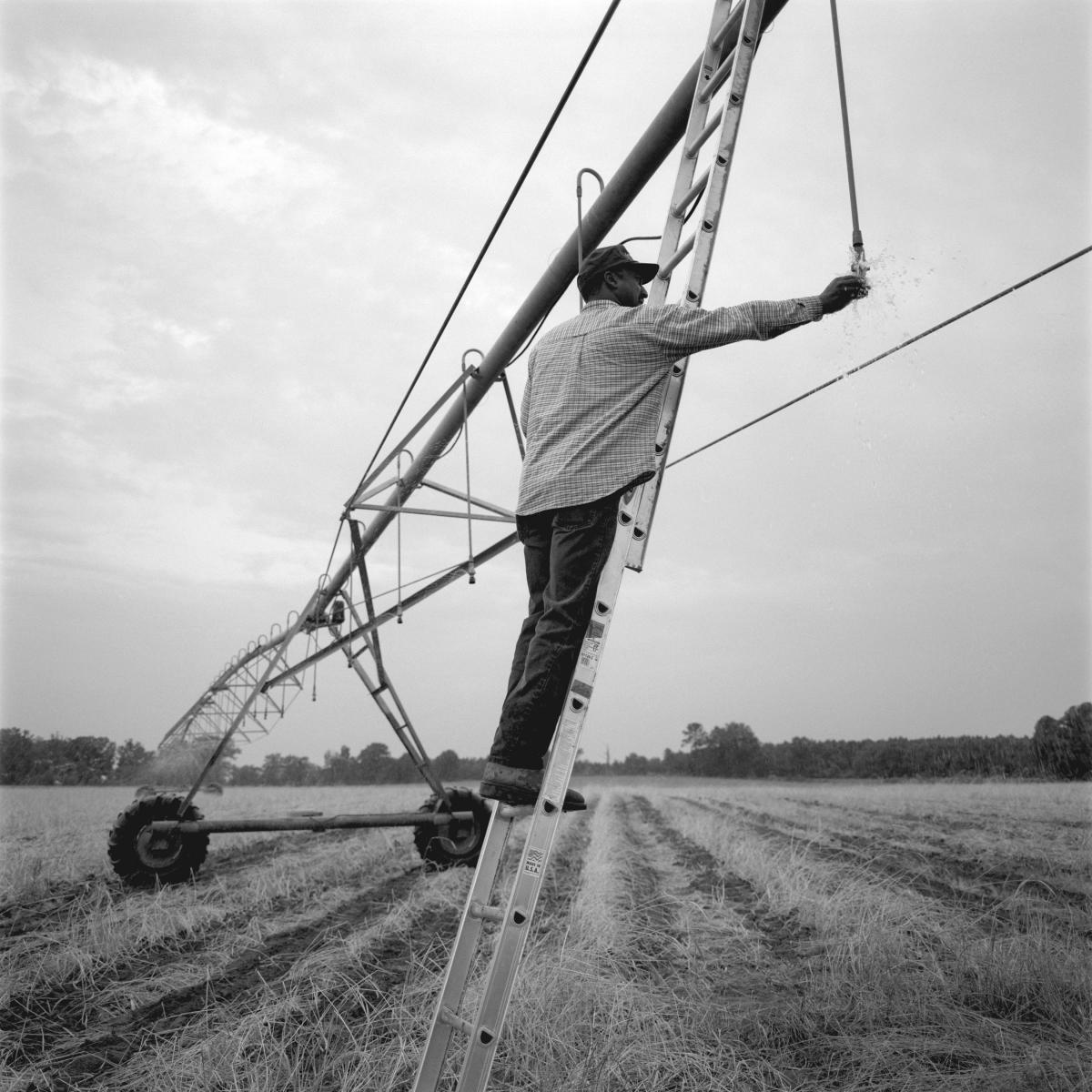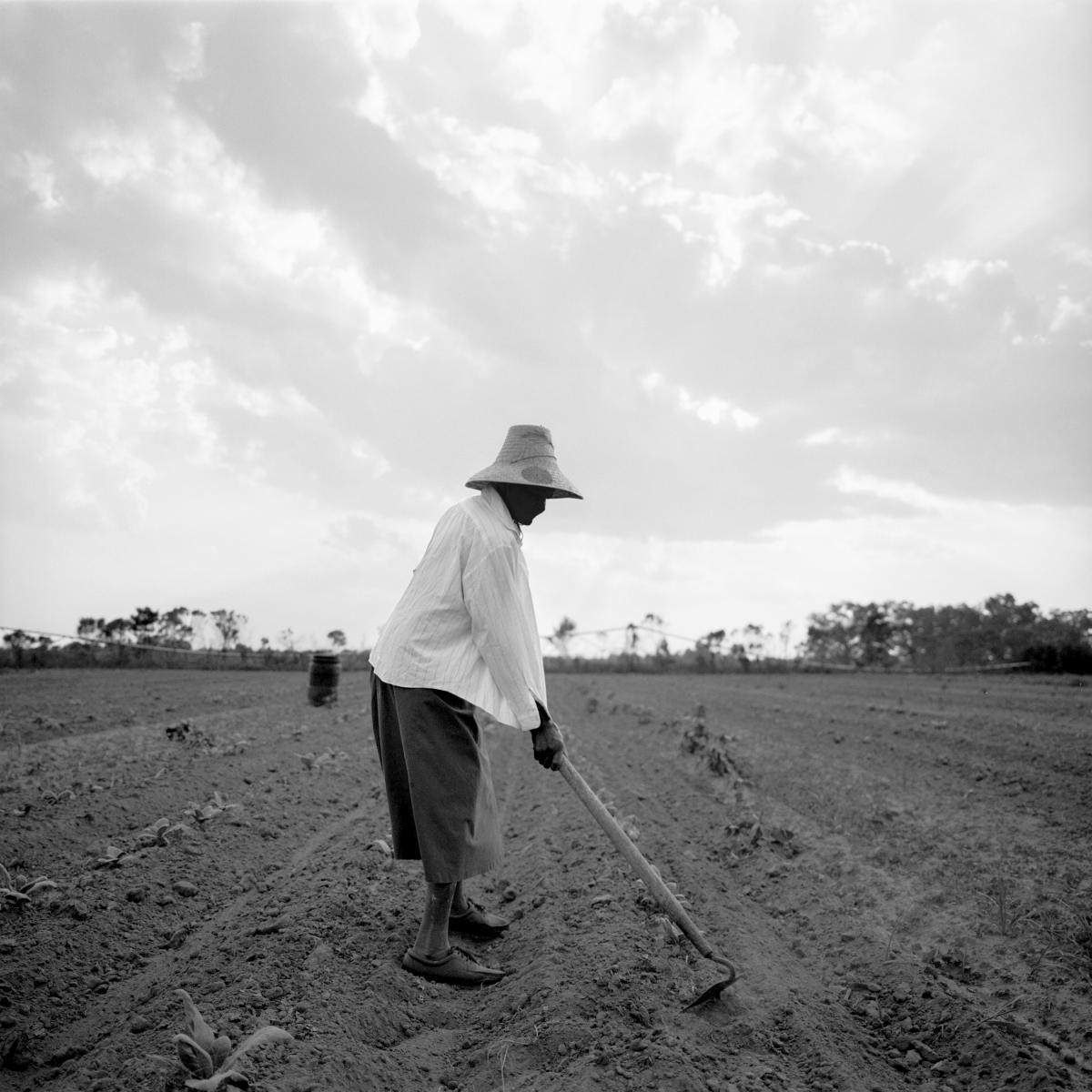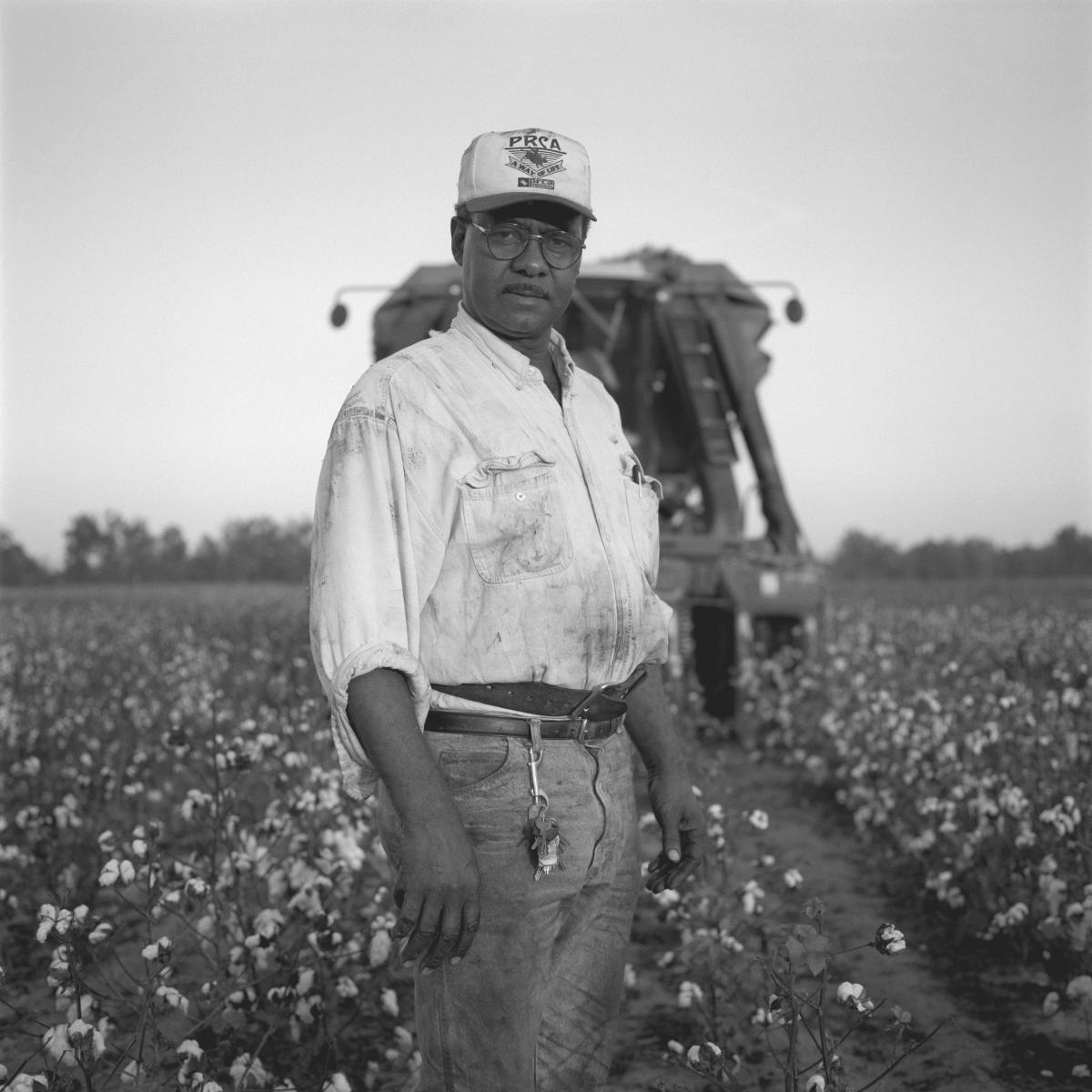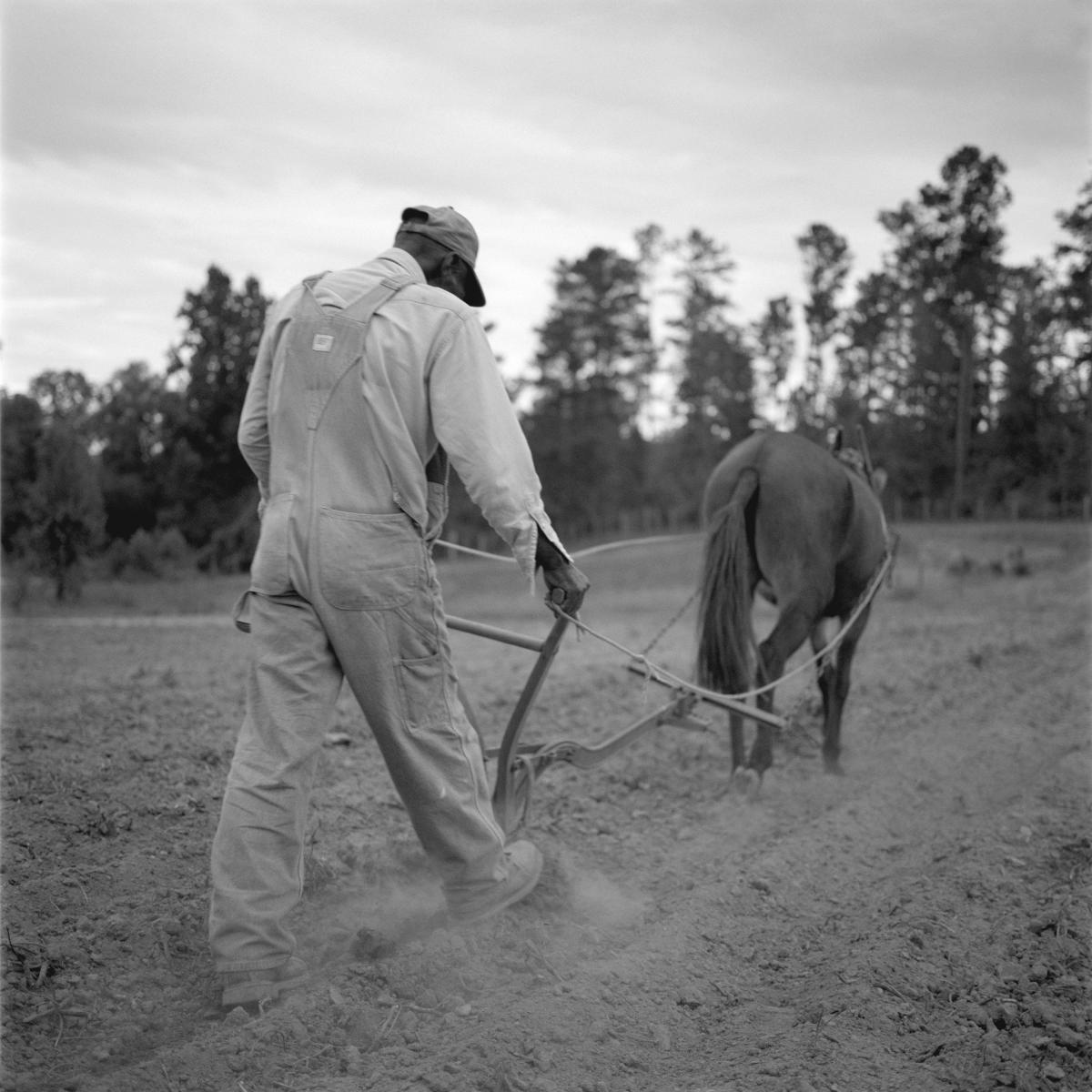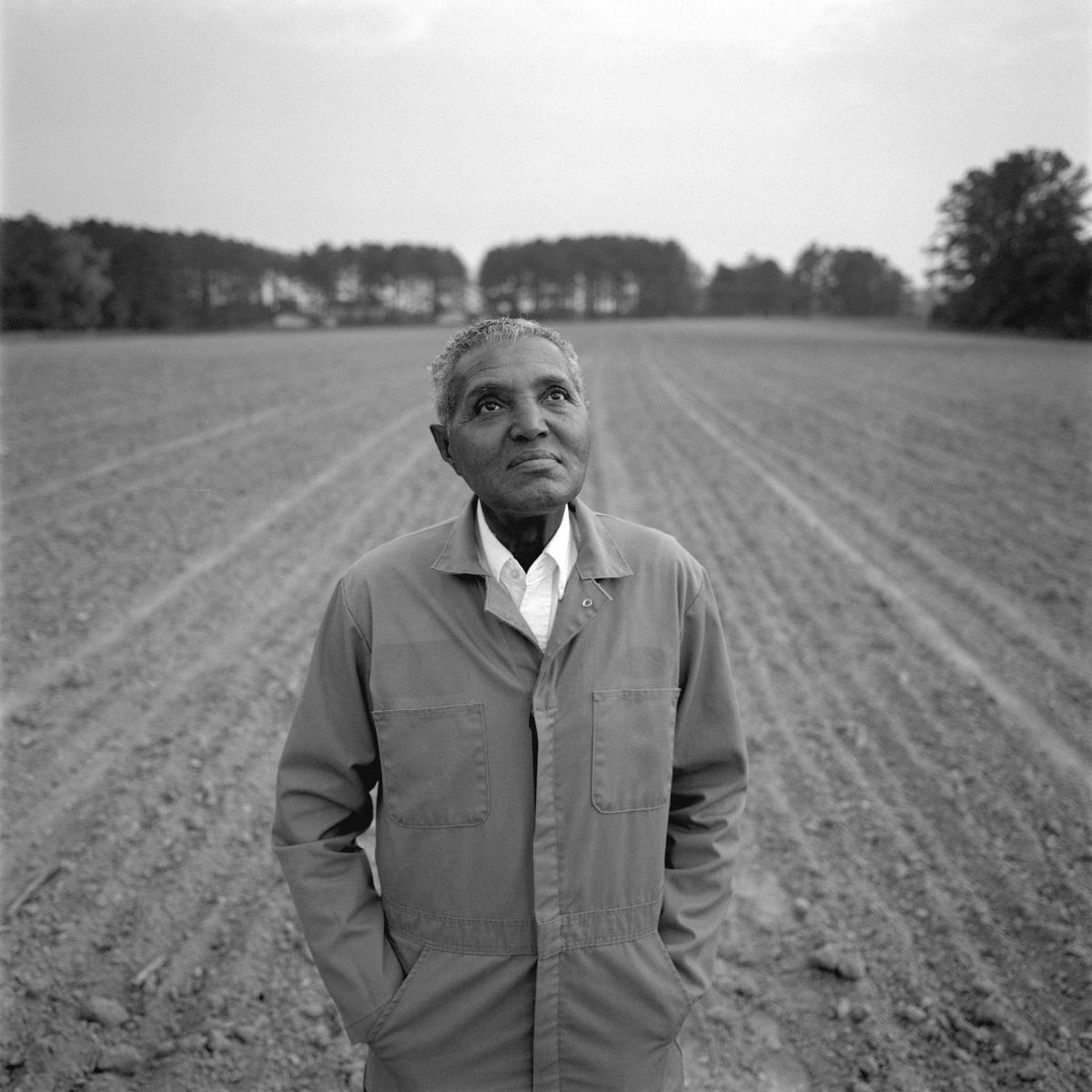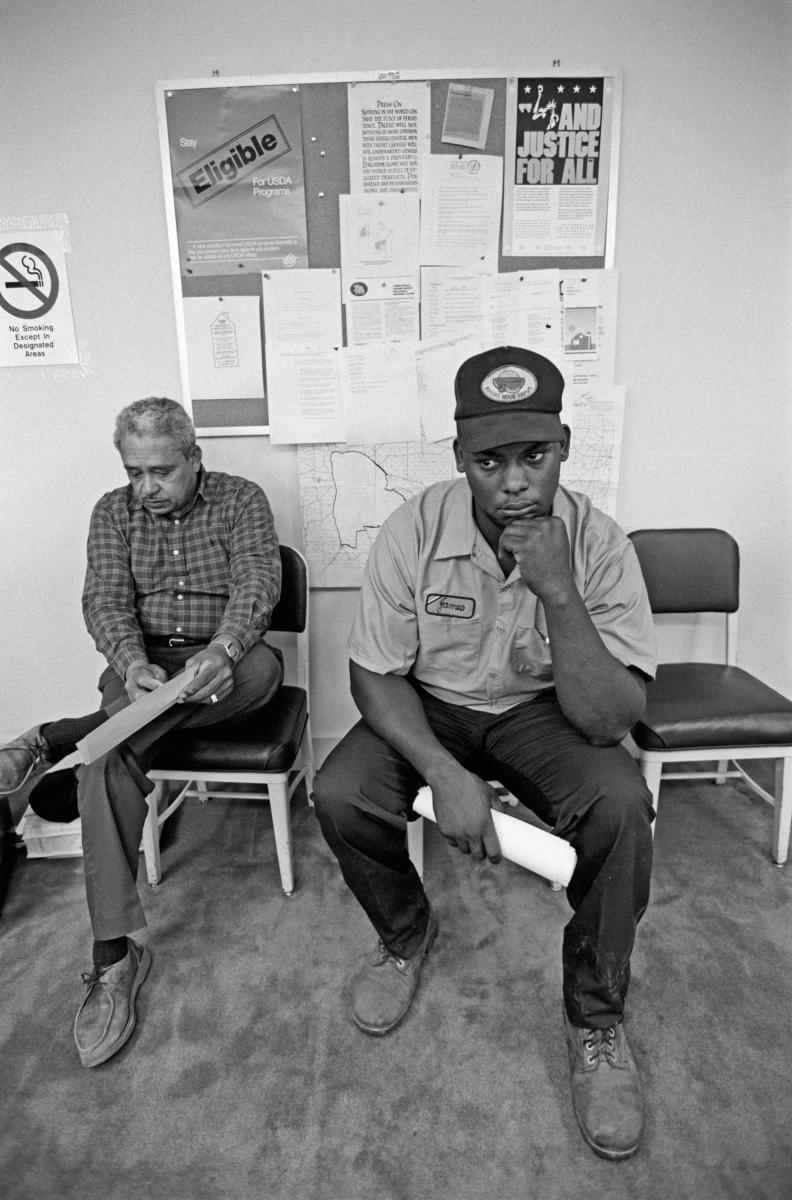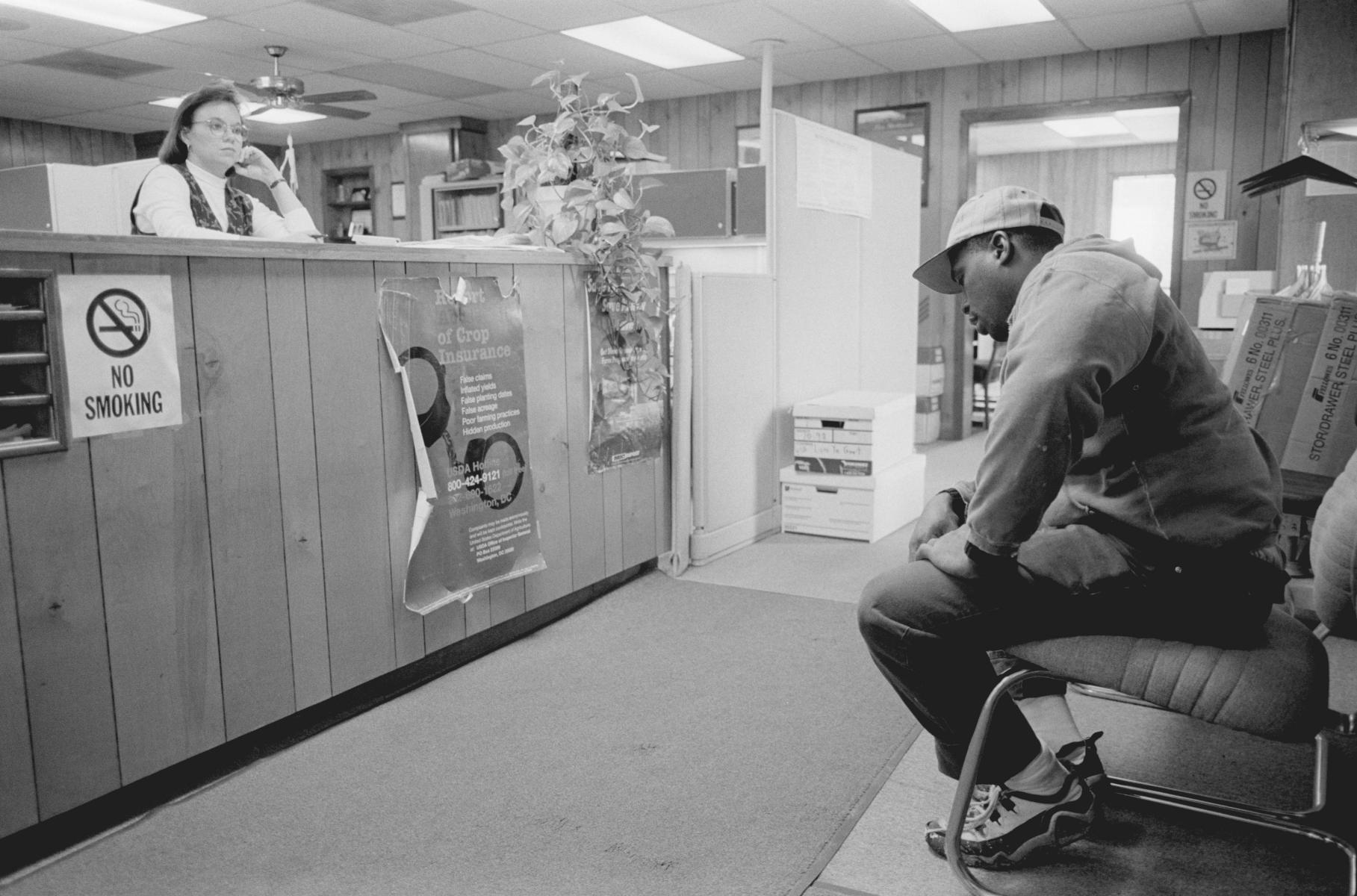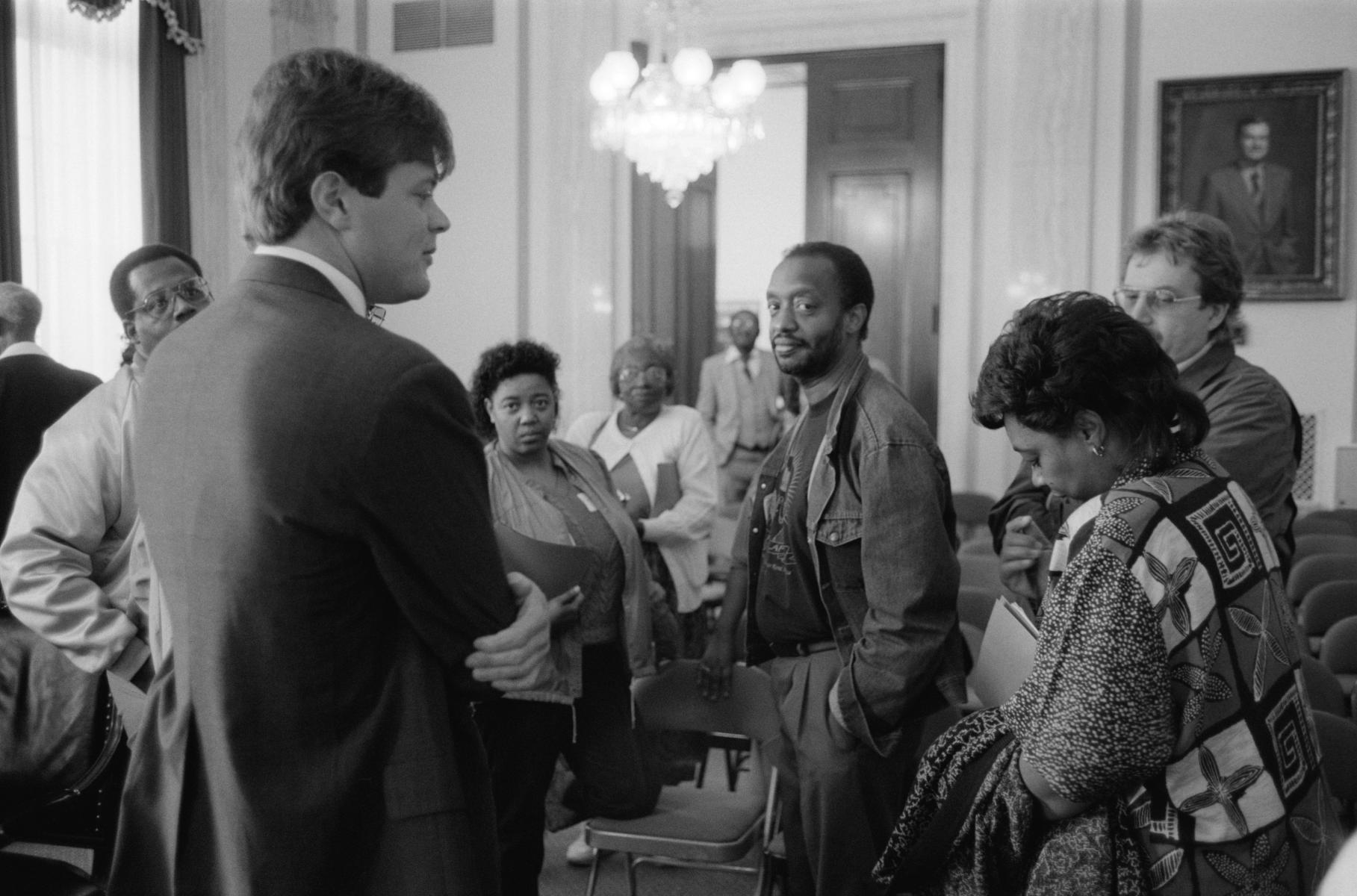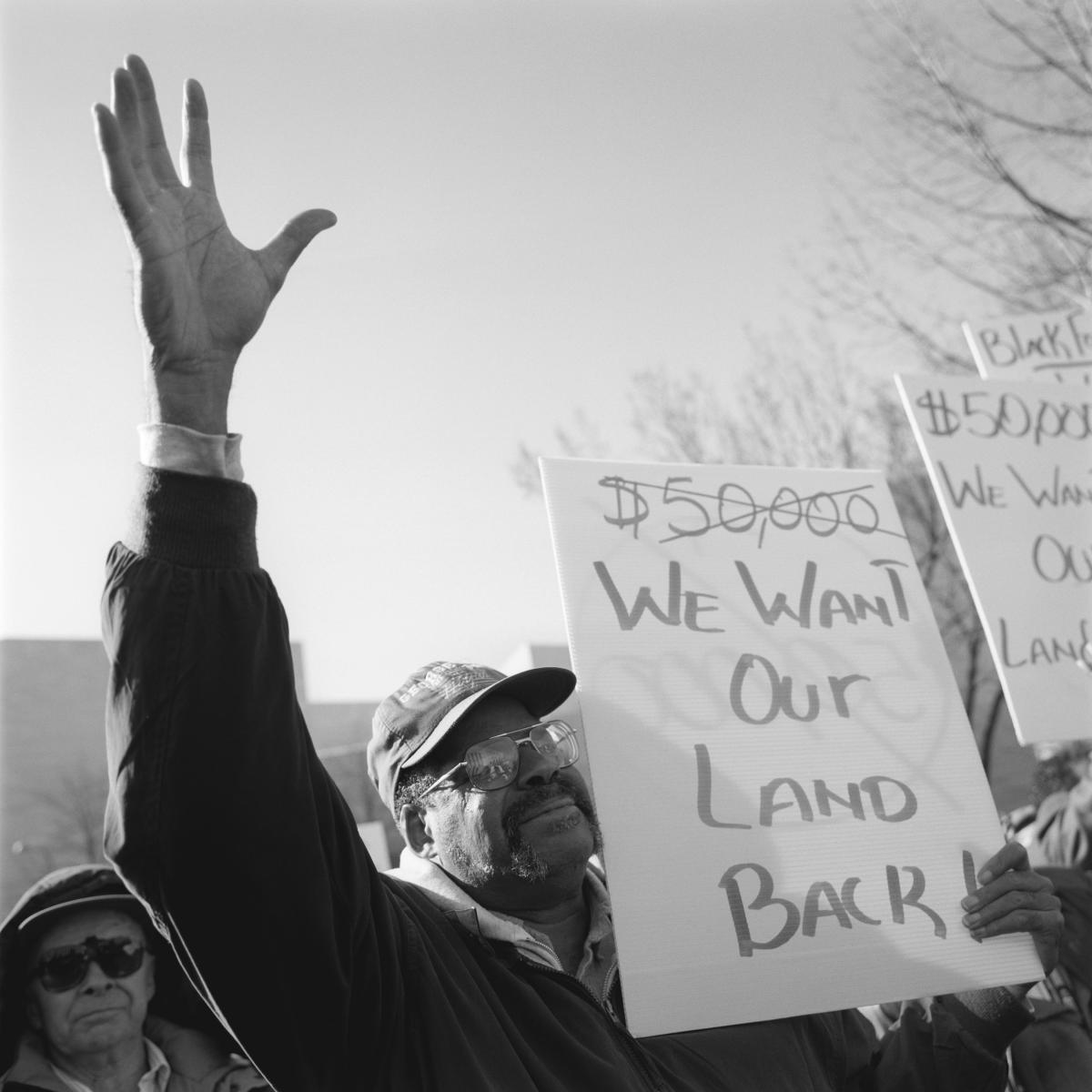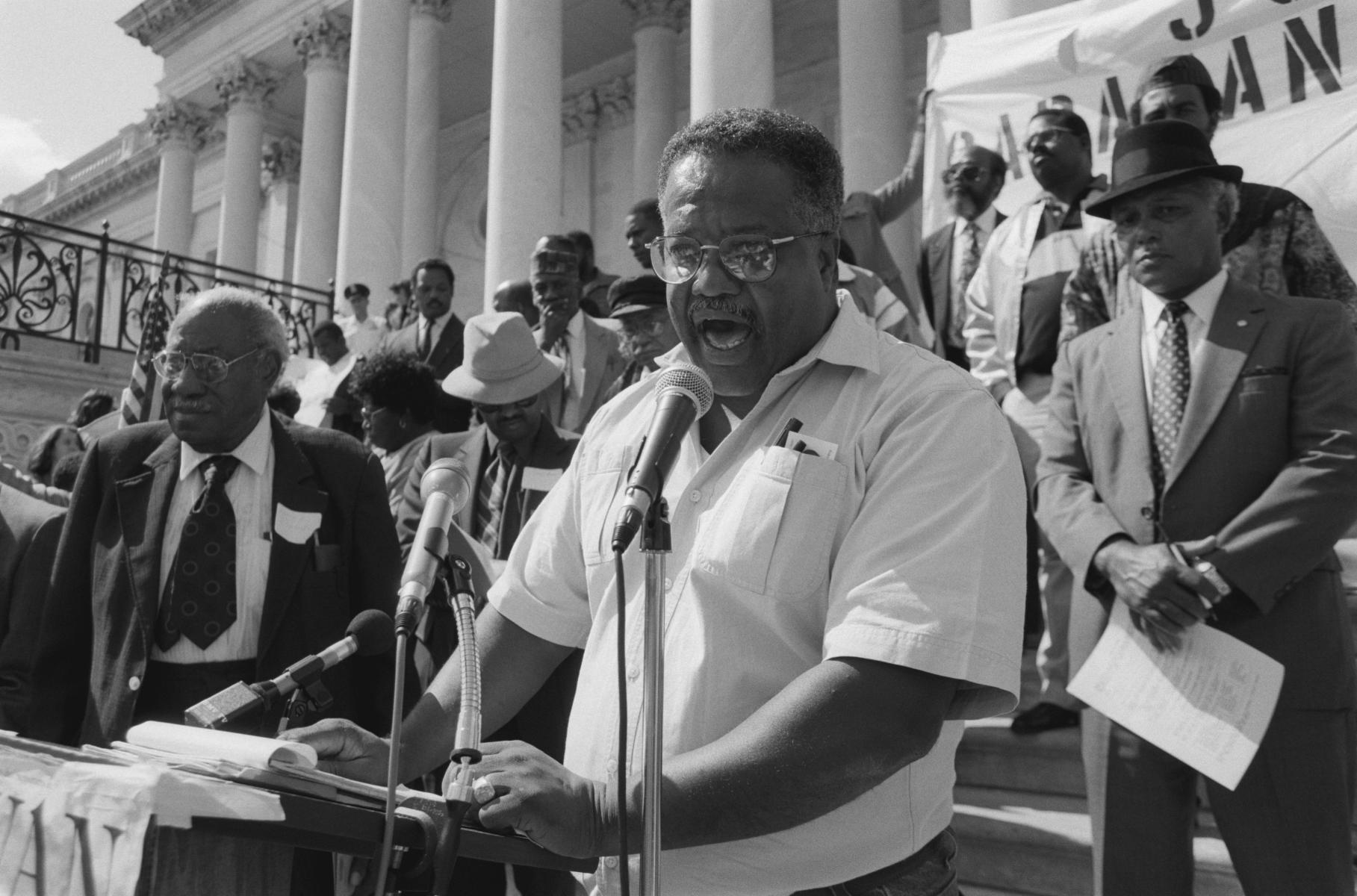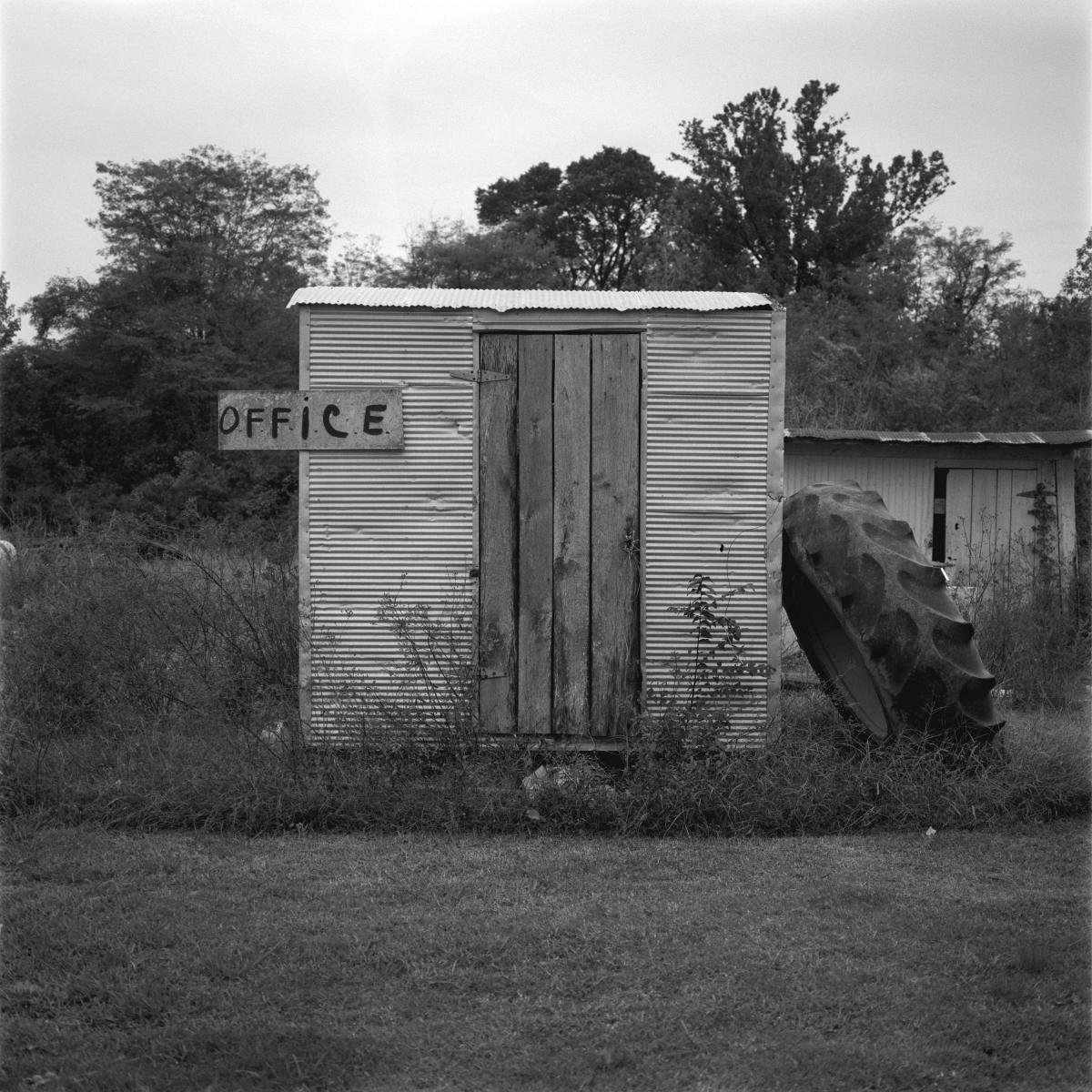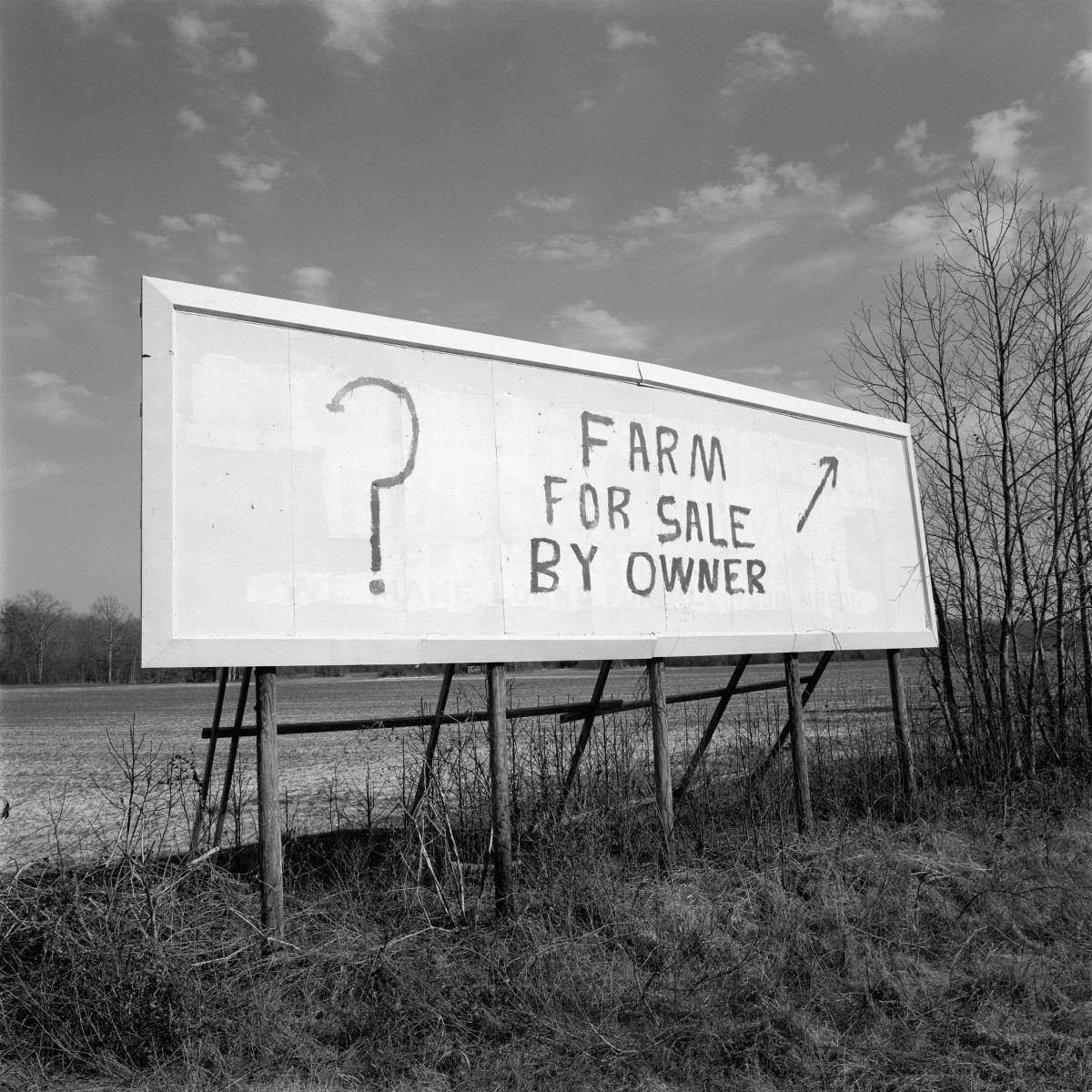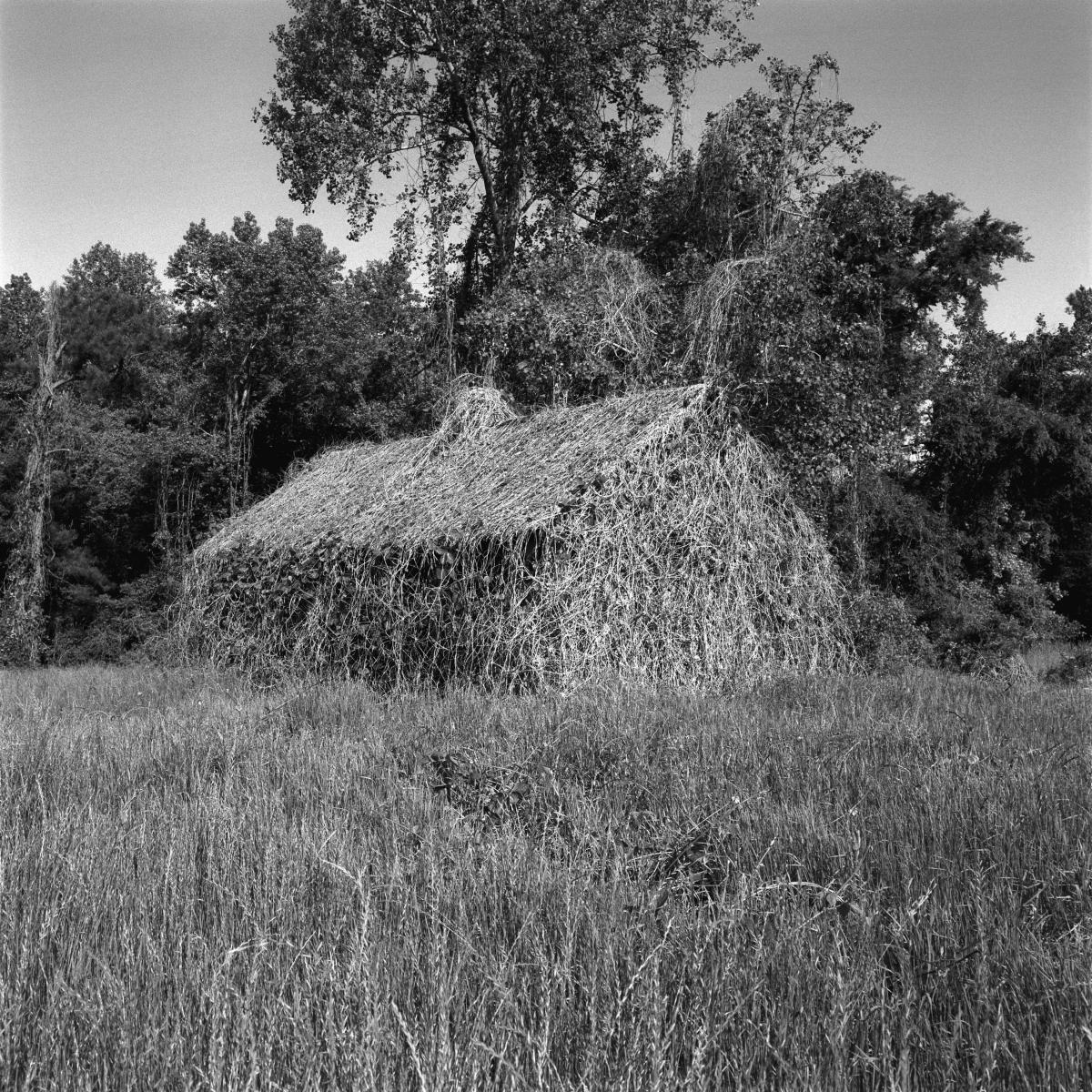Introduction
In Greene County, Alabama, a deserted farmhouse sits in the middle of a field so overgrown with weeds that the house is completely engulfed; snaking vines and stalks cover the doors and windows and invade the chimney, choking off any possibility of human habitation. Hidden by the curtain of greenery, the house stands as a silent testament to the loss that black American farmers and their families endured during the twentieth century. What keeps these families from their dreams and way of life, however, is the not the encroachment of natural forces but the demise of a culture that supports independent farmers. In 1920, black Americans made up 14 percent of all farmers in the nation, and they owned and worked 16 million acres of land. Today, battling the onslaught of globalization, changing technology, an aging workforce, racist lending policies, and even the Department of Agriculture, black farmers account for less than 1 percent of the nation's farmers and cultivate fewer than 3 million acres of land. Experts are predicting that black-owned family farms will all but cease to exist. The American Black Farmers Project is a result of a four year journey across America to document and preserve the struggles of black farmers. The hardships and joys of daily life on the farm echo deeply in these images. They convey a dignity of work and culture, and they document the experiences of black farmers that I have met around the country.
- John Francis Ficara
How do you take a picture of the last moment of twilight?
Quickly! Take the photograph before the last light fades away for all time. Be careful as you take the pictures. What you capture with your eyes will have the last say on our memories.
- Juan Williams , from the book essay
